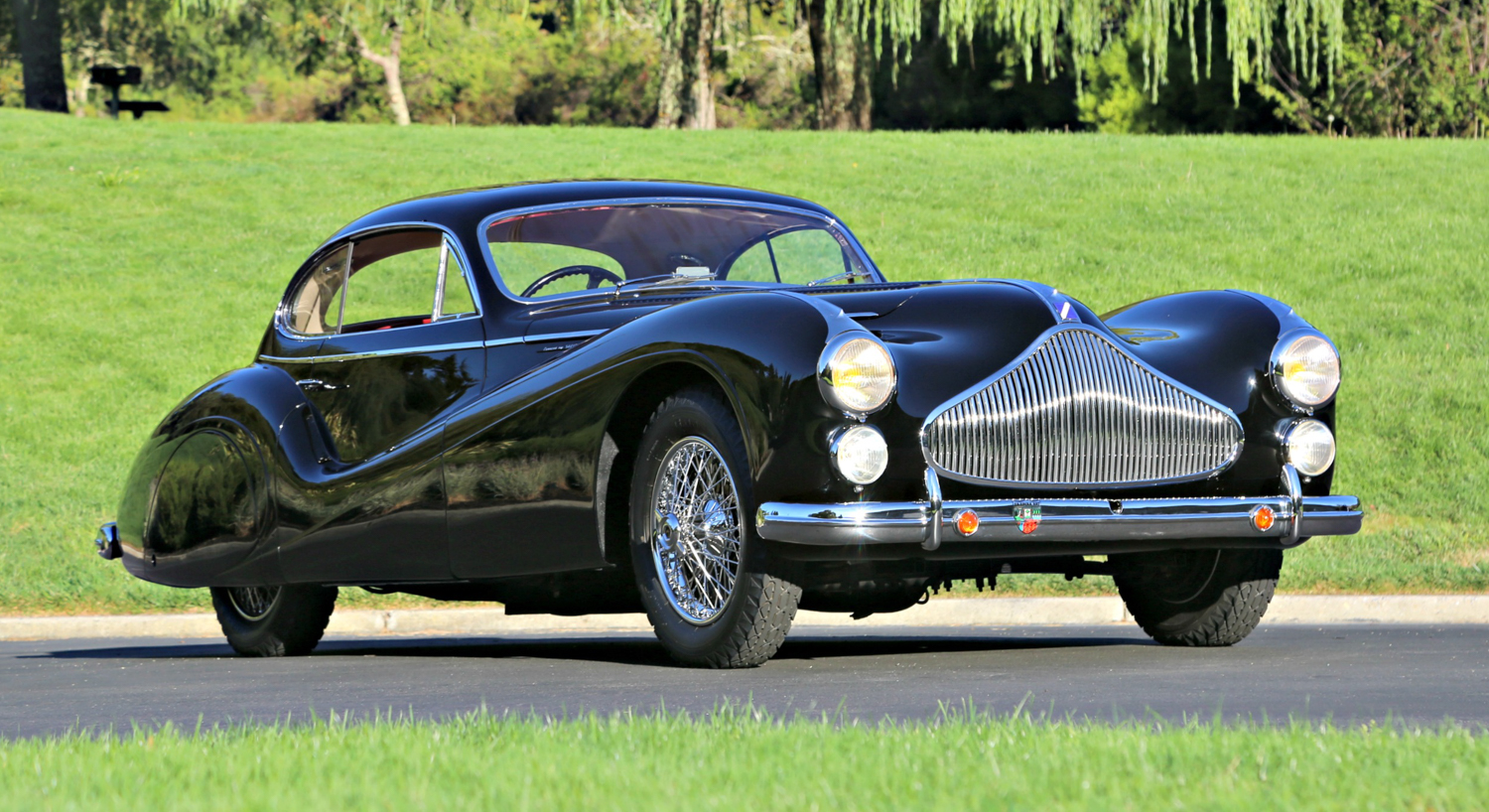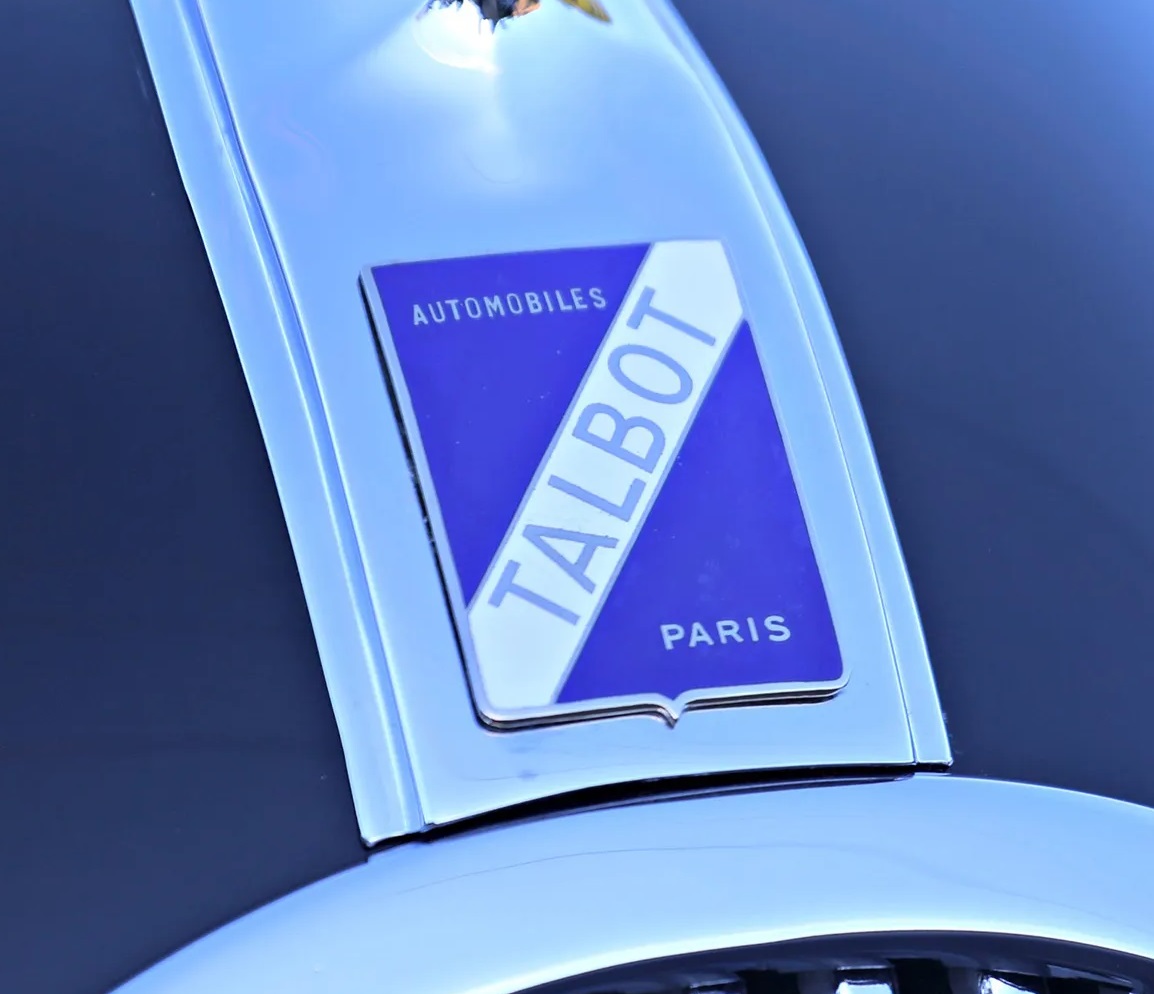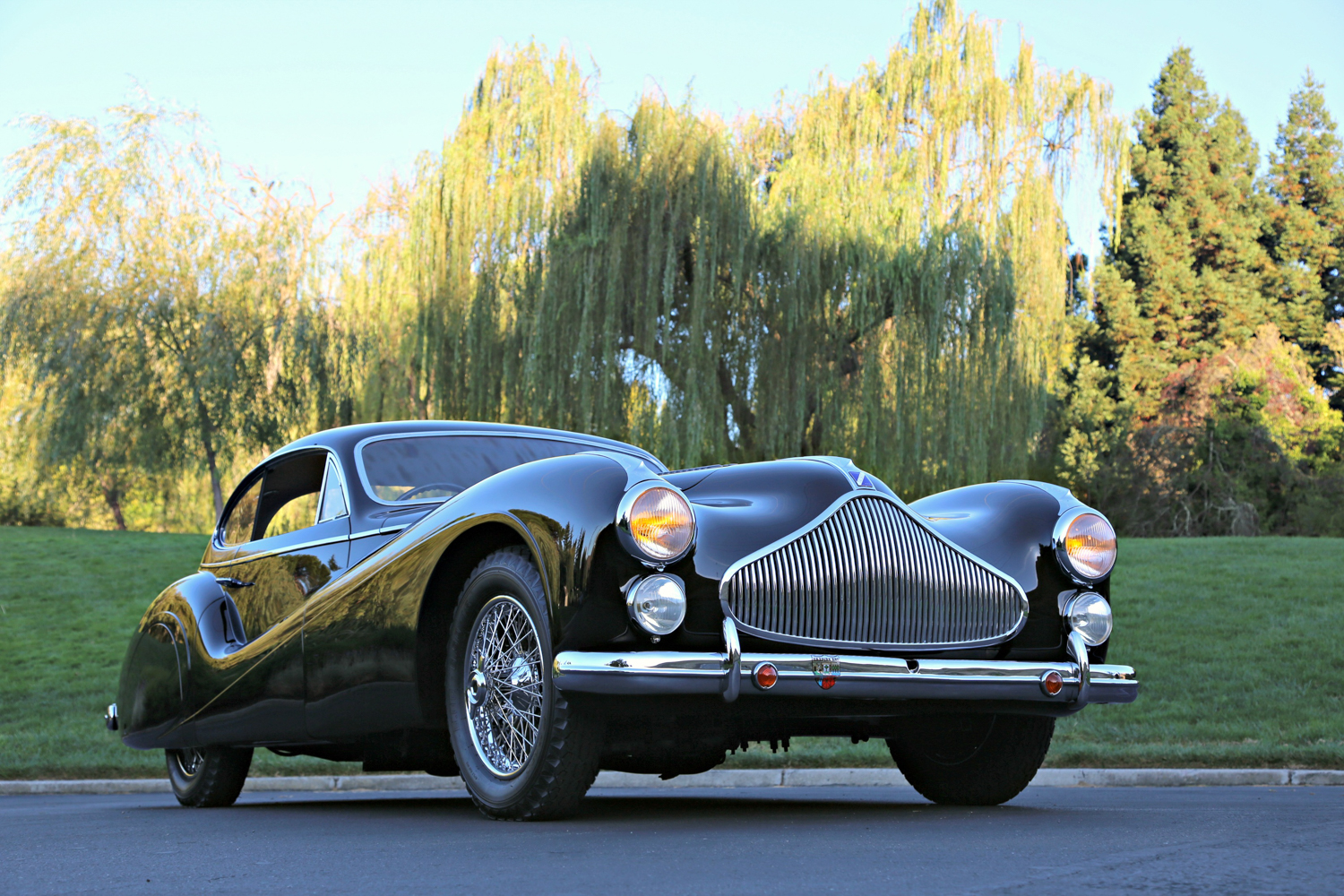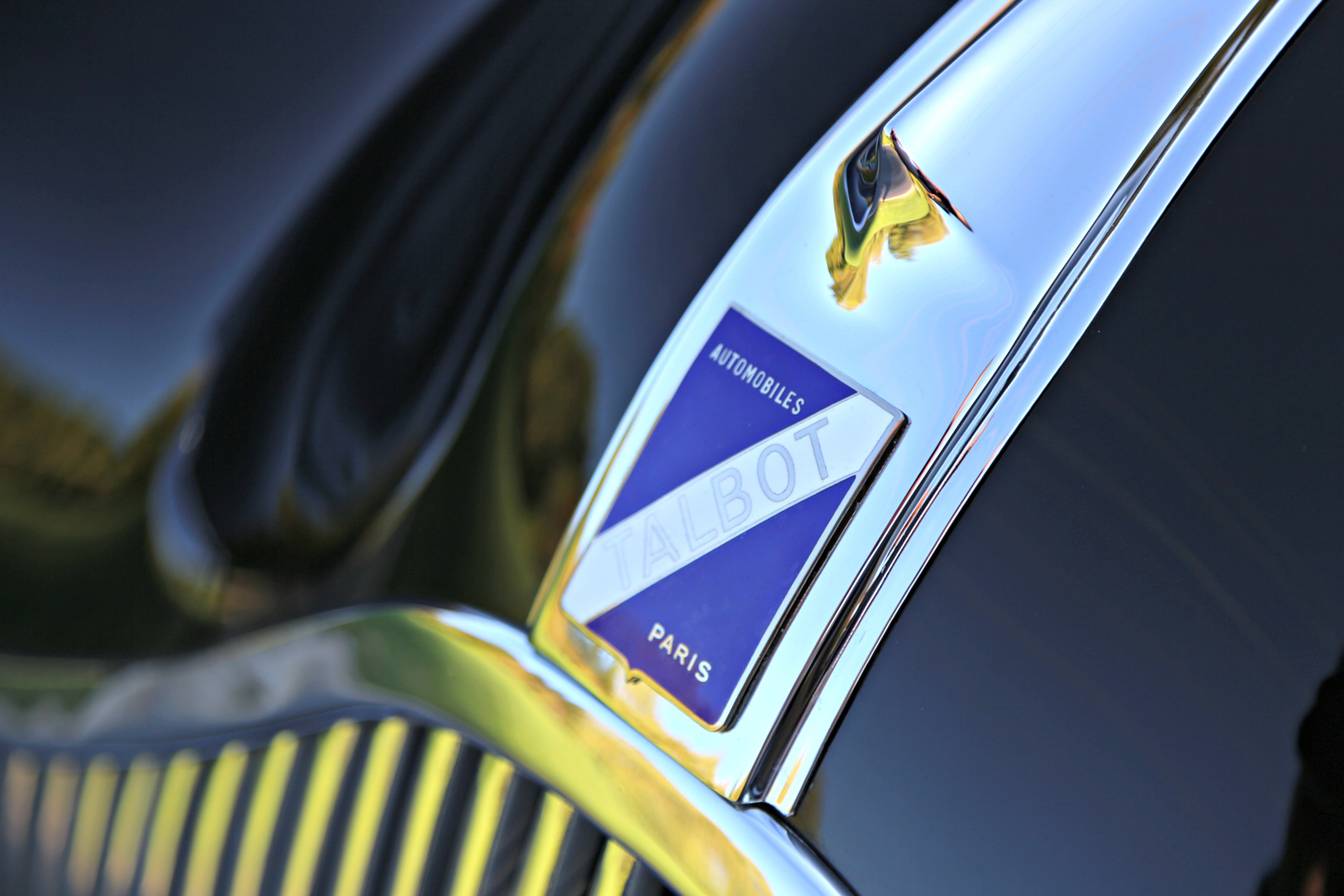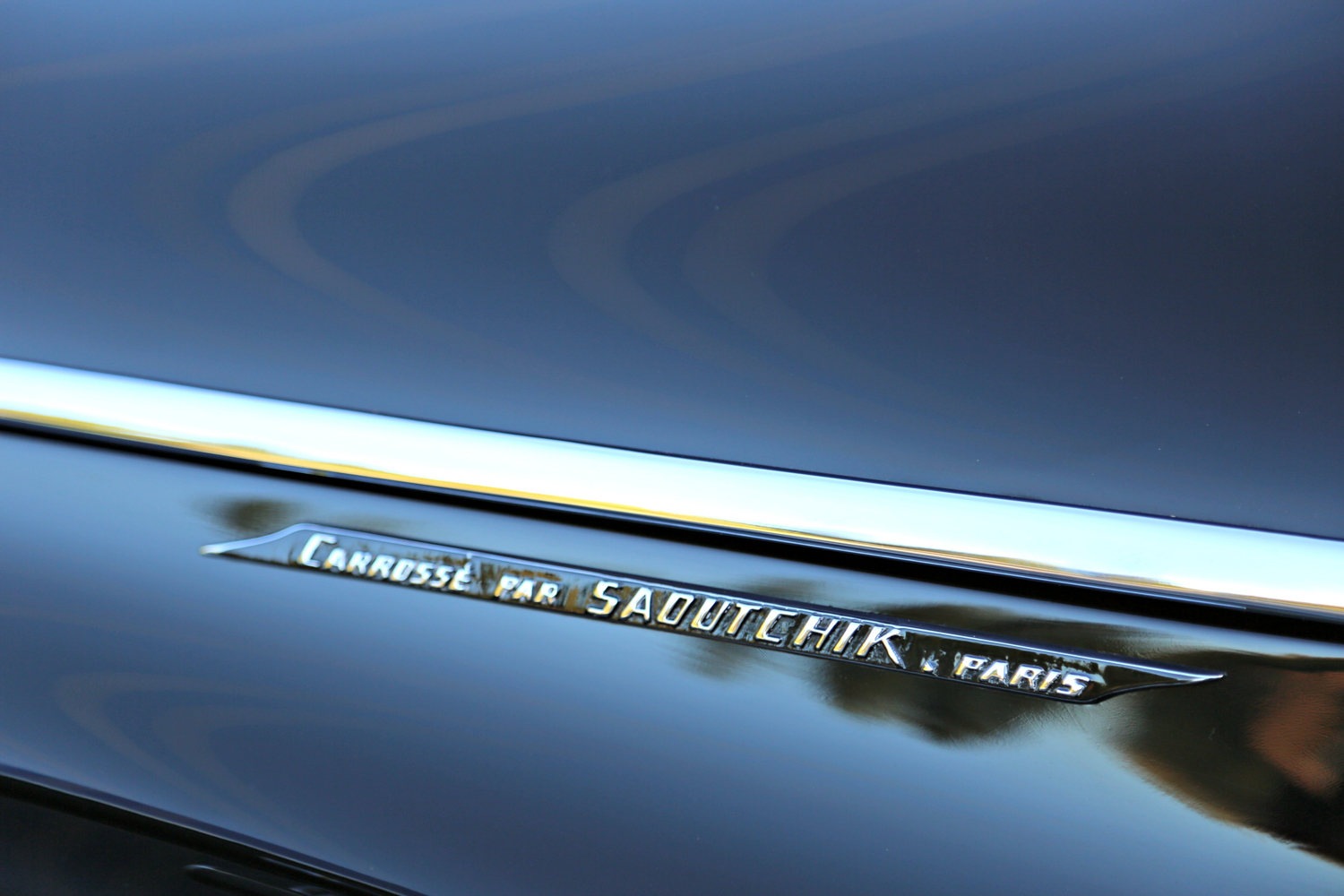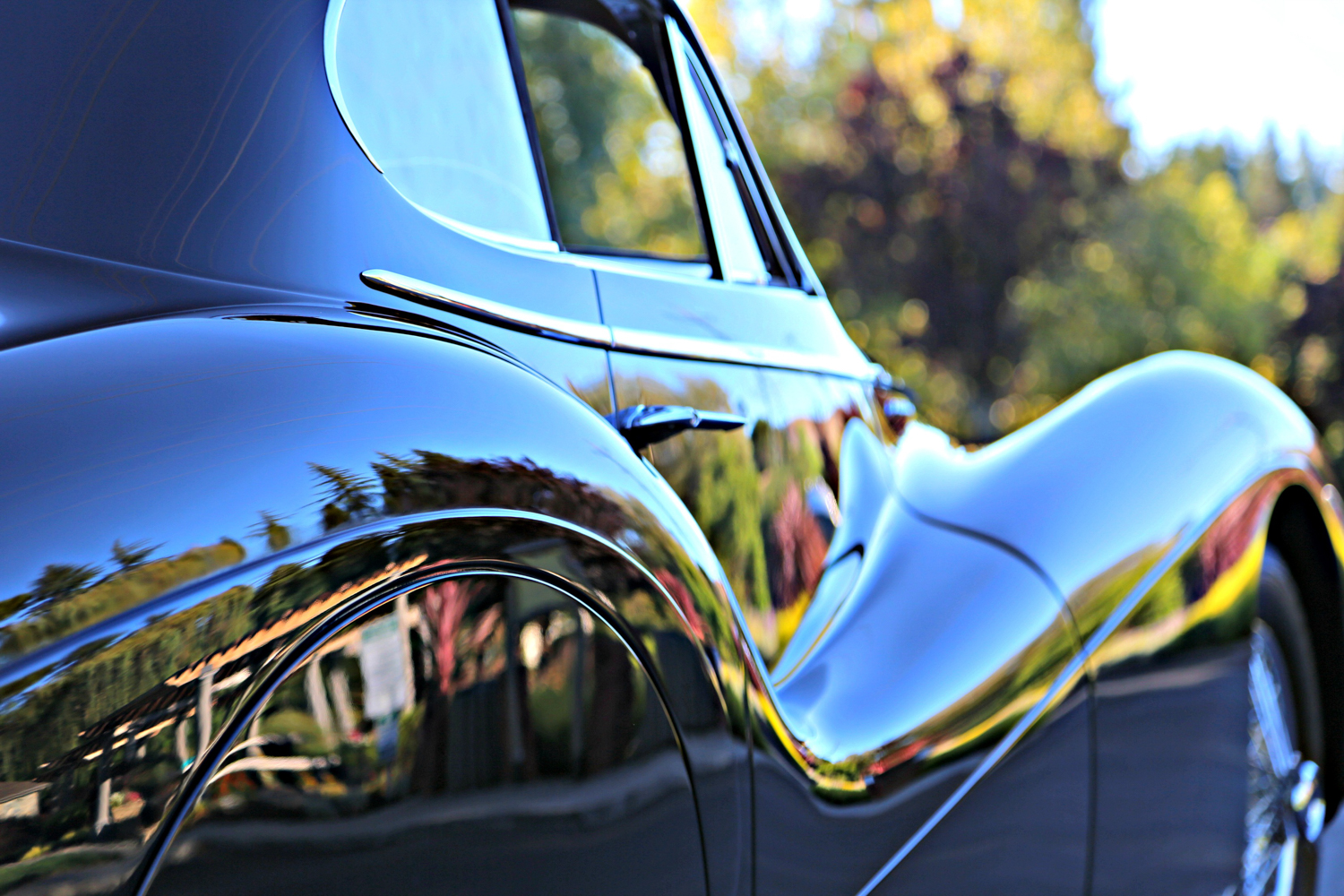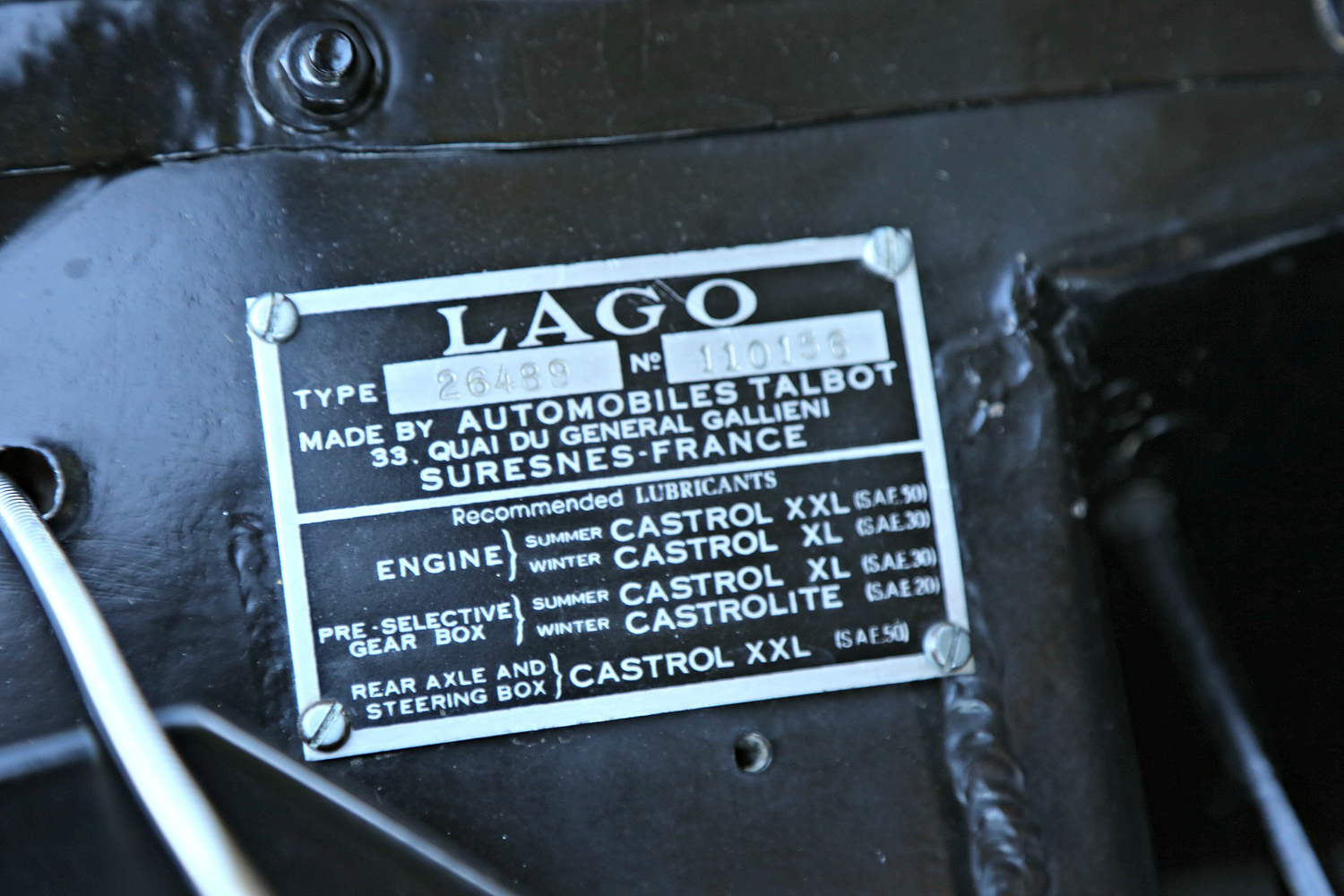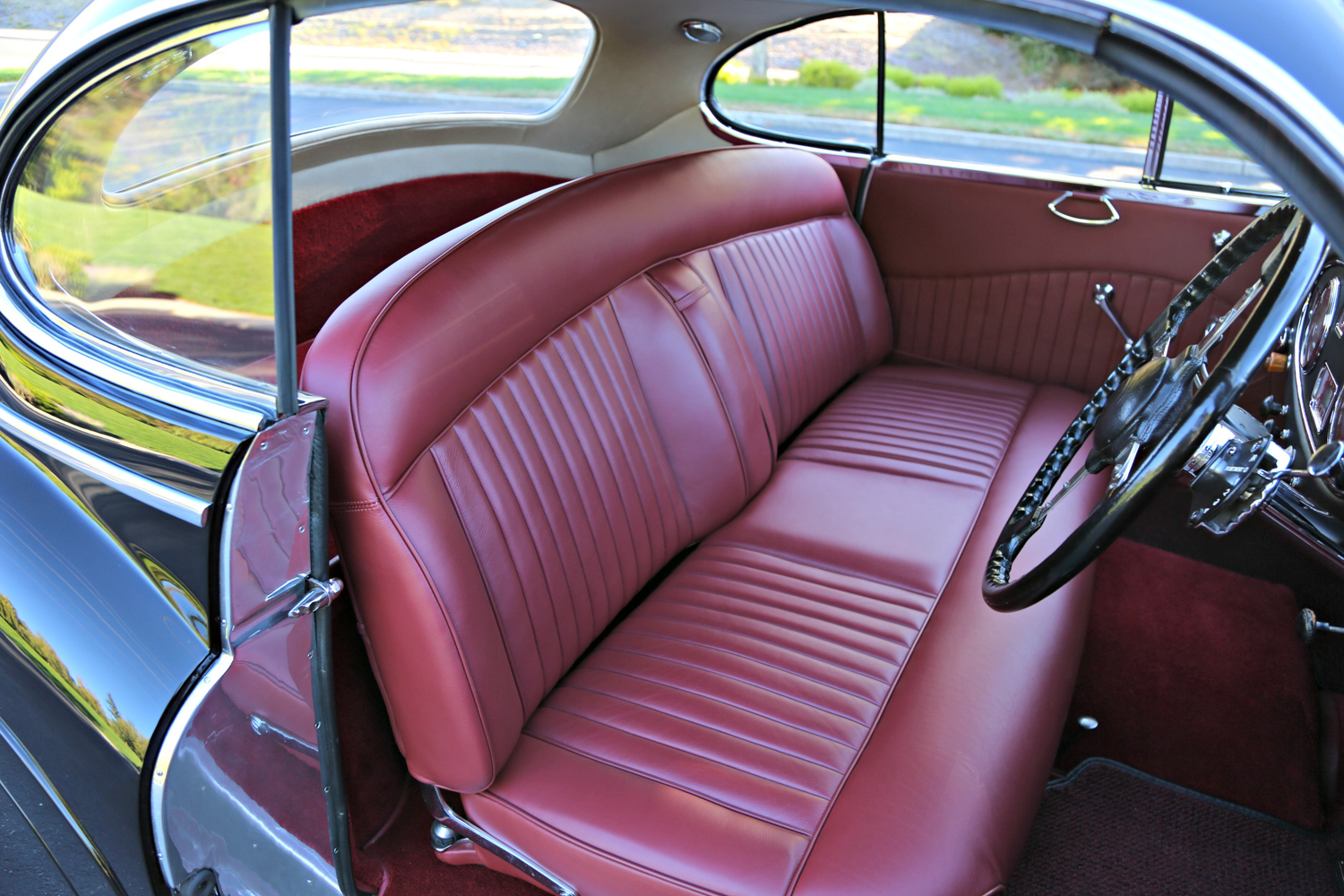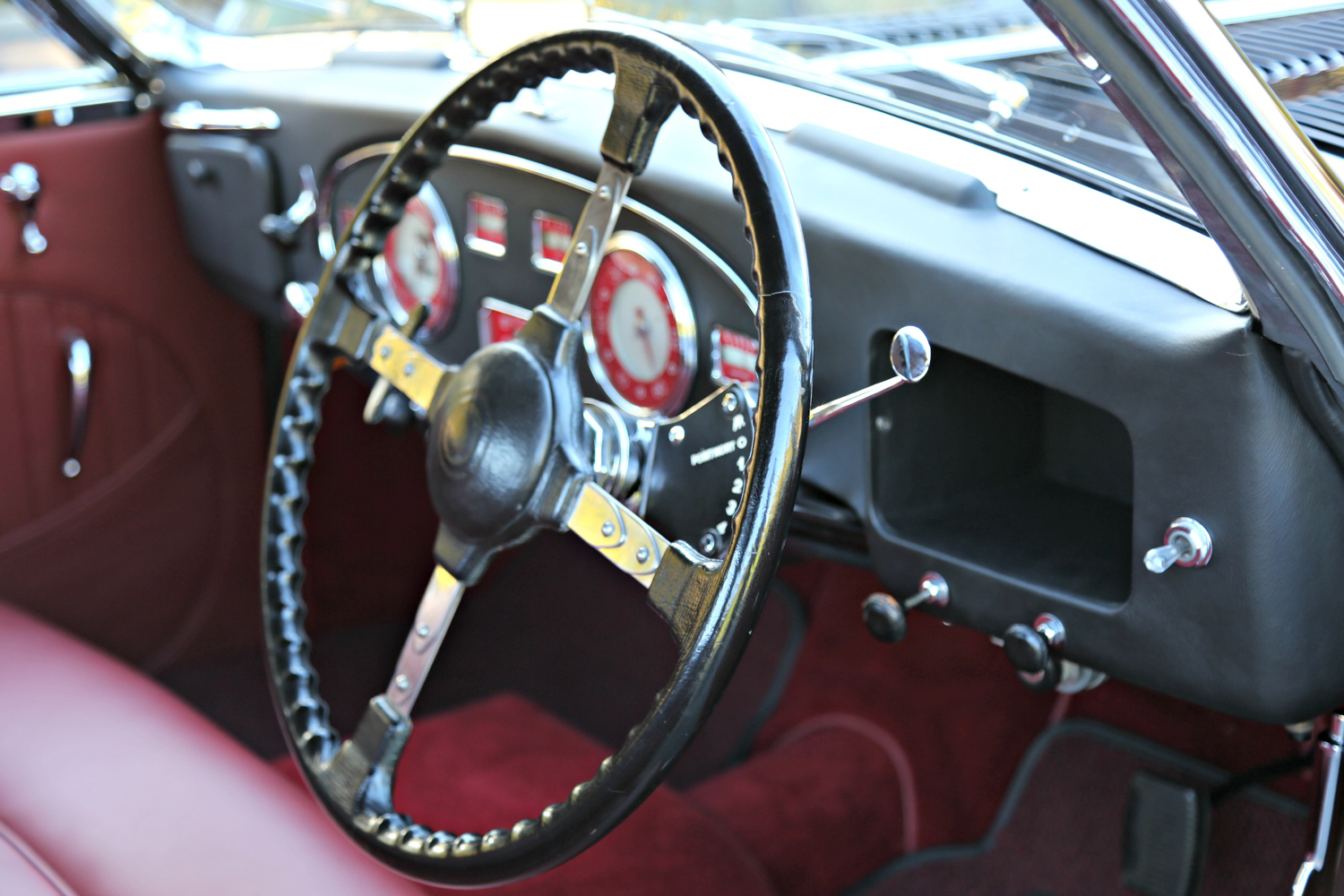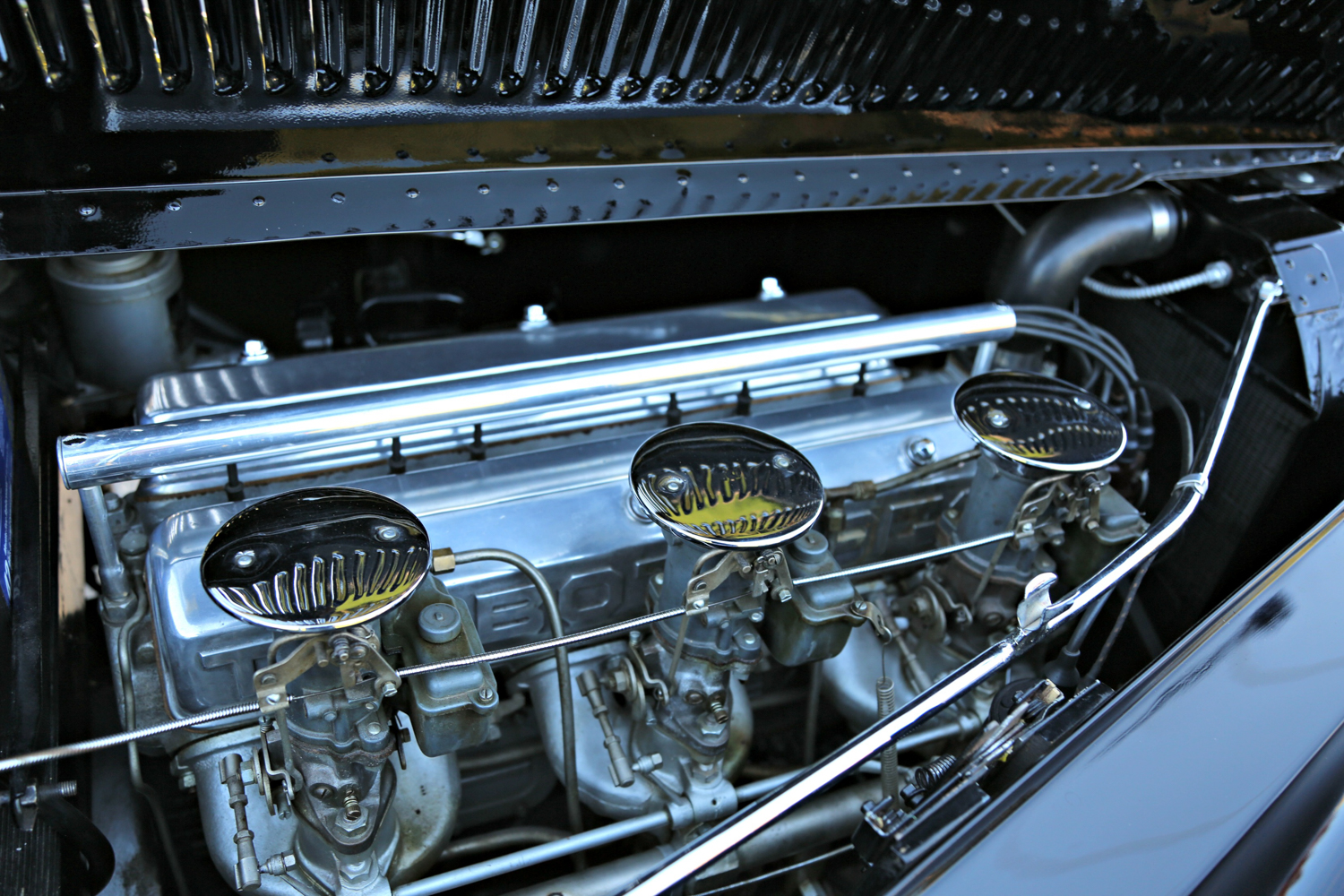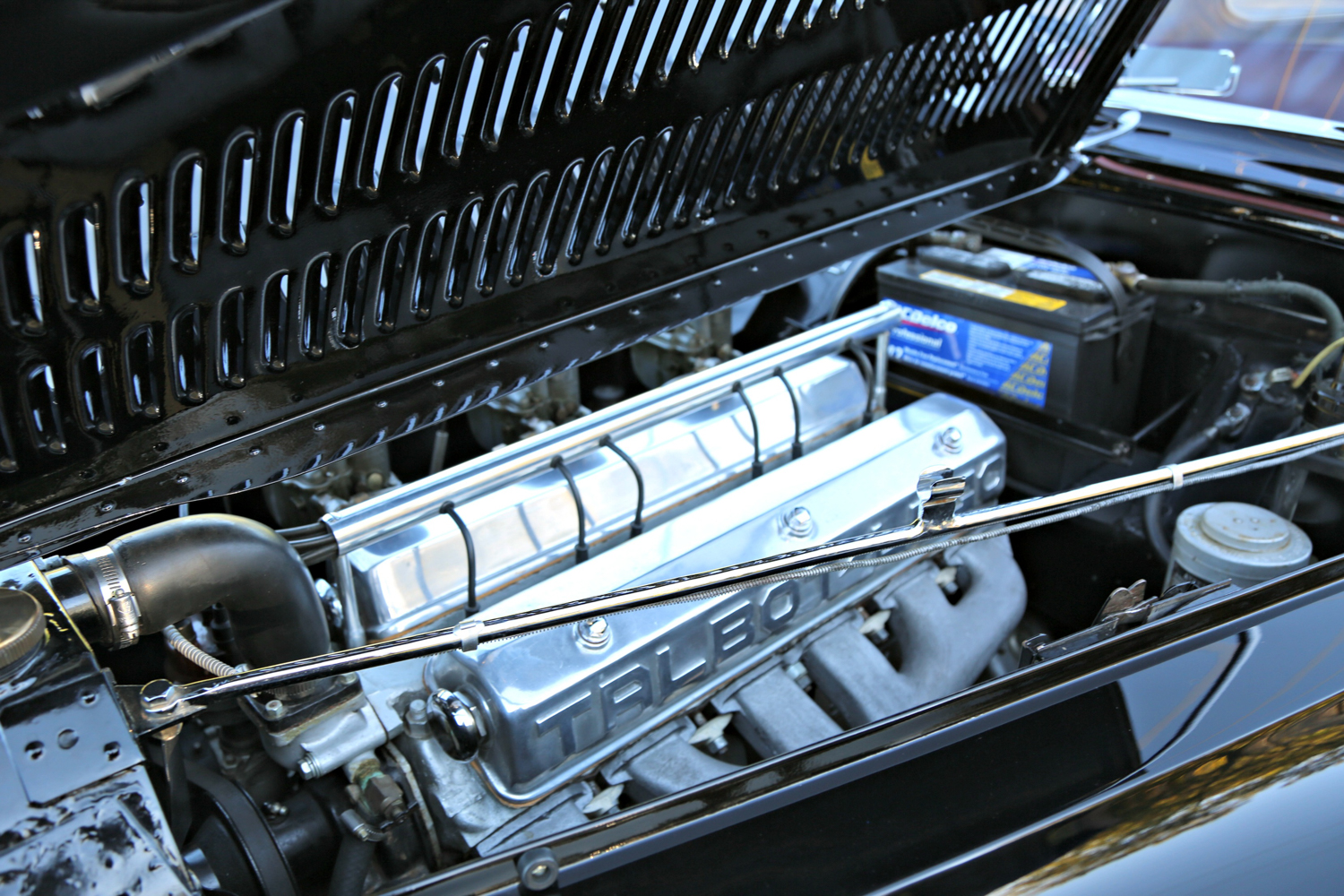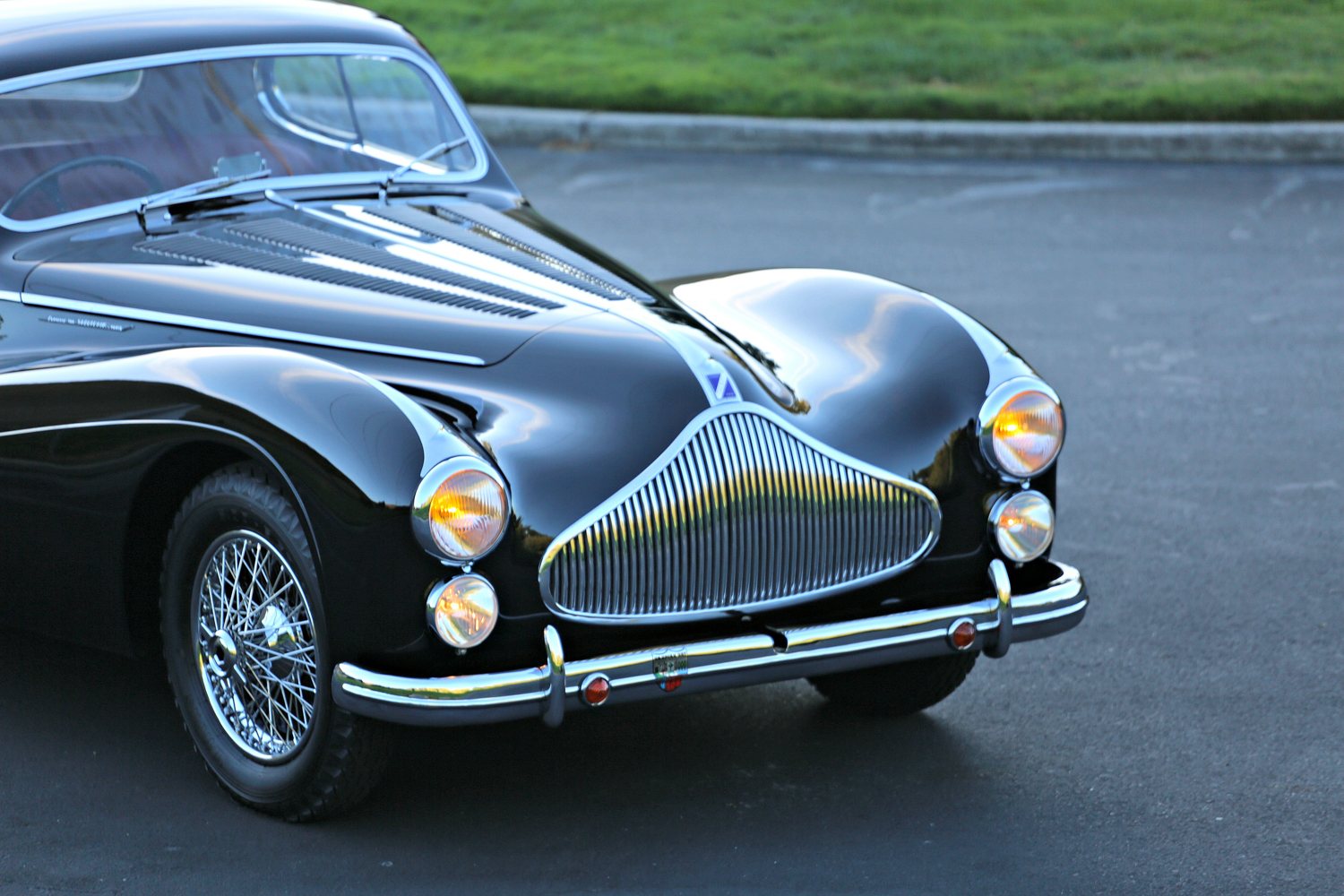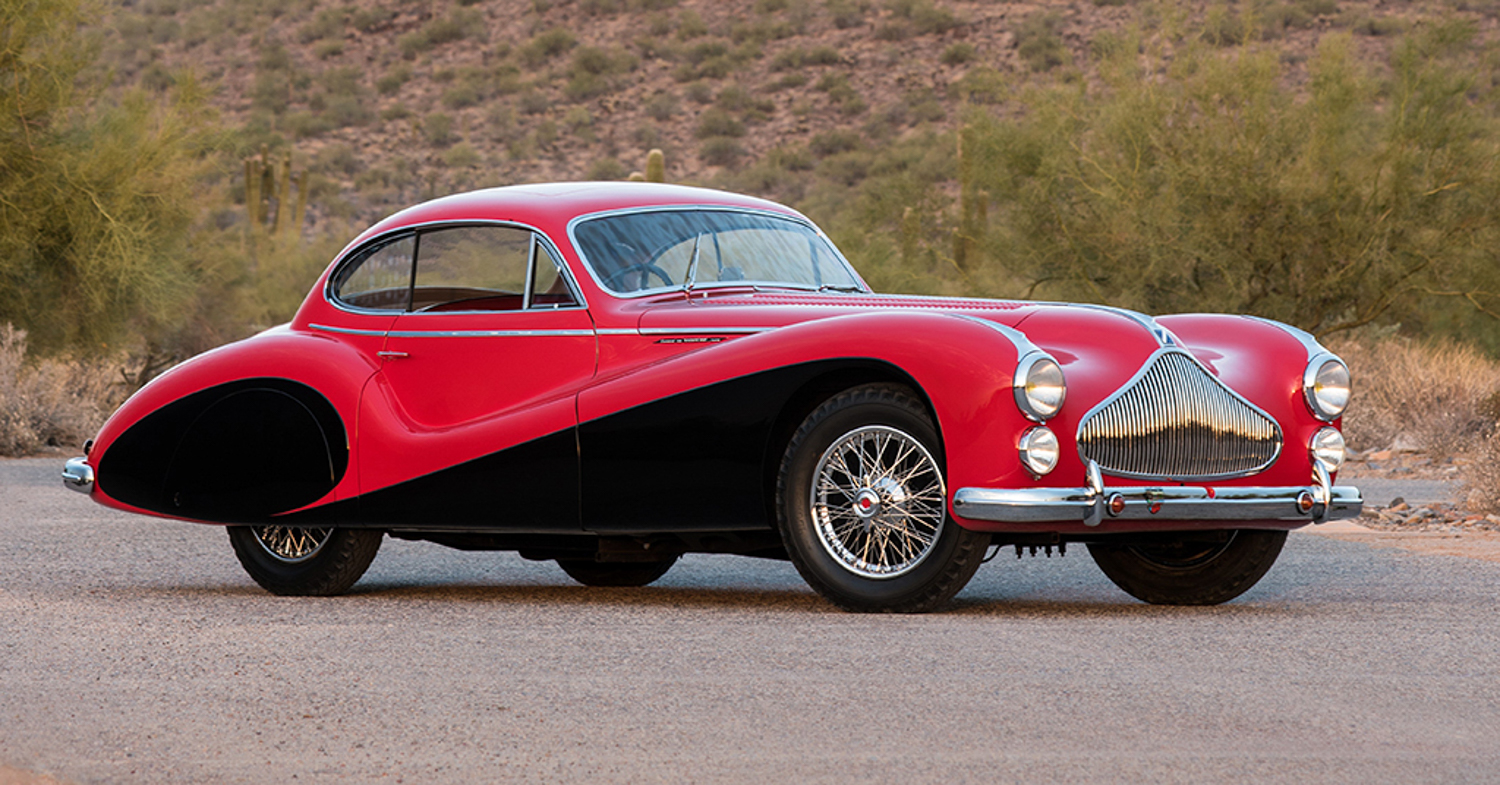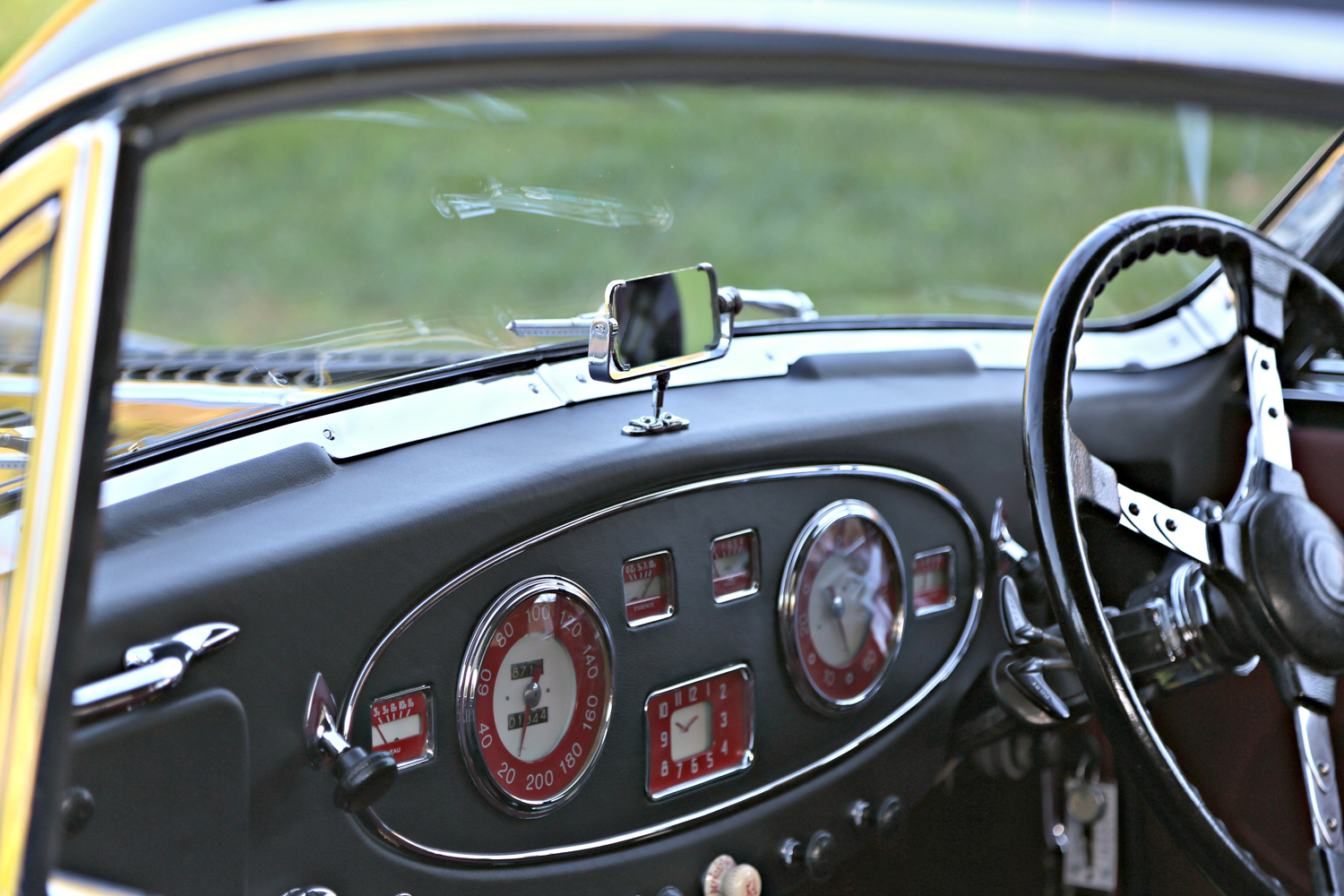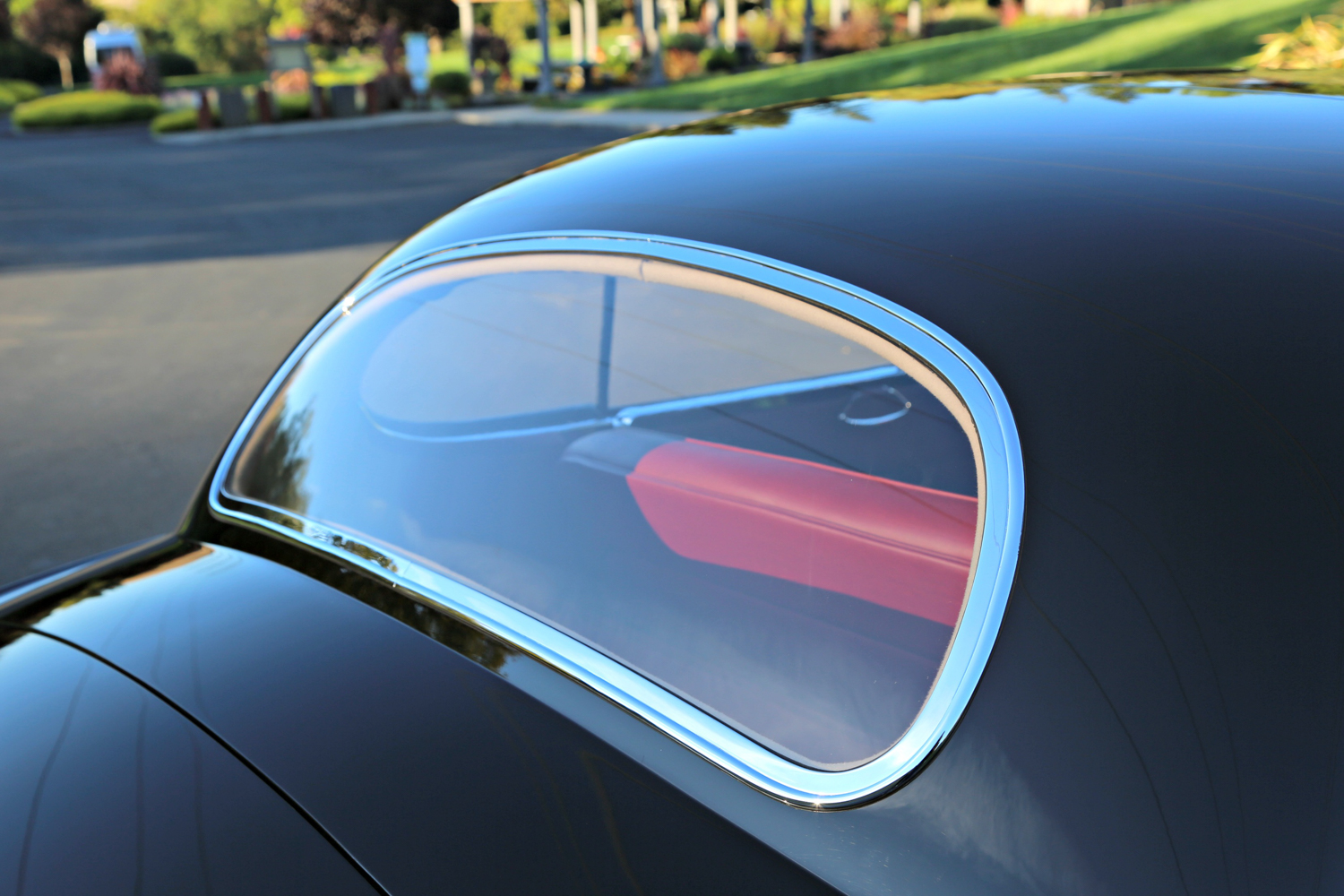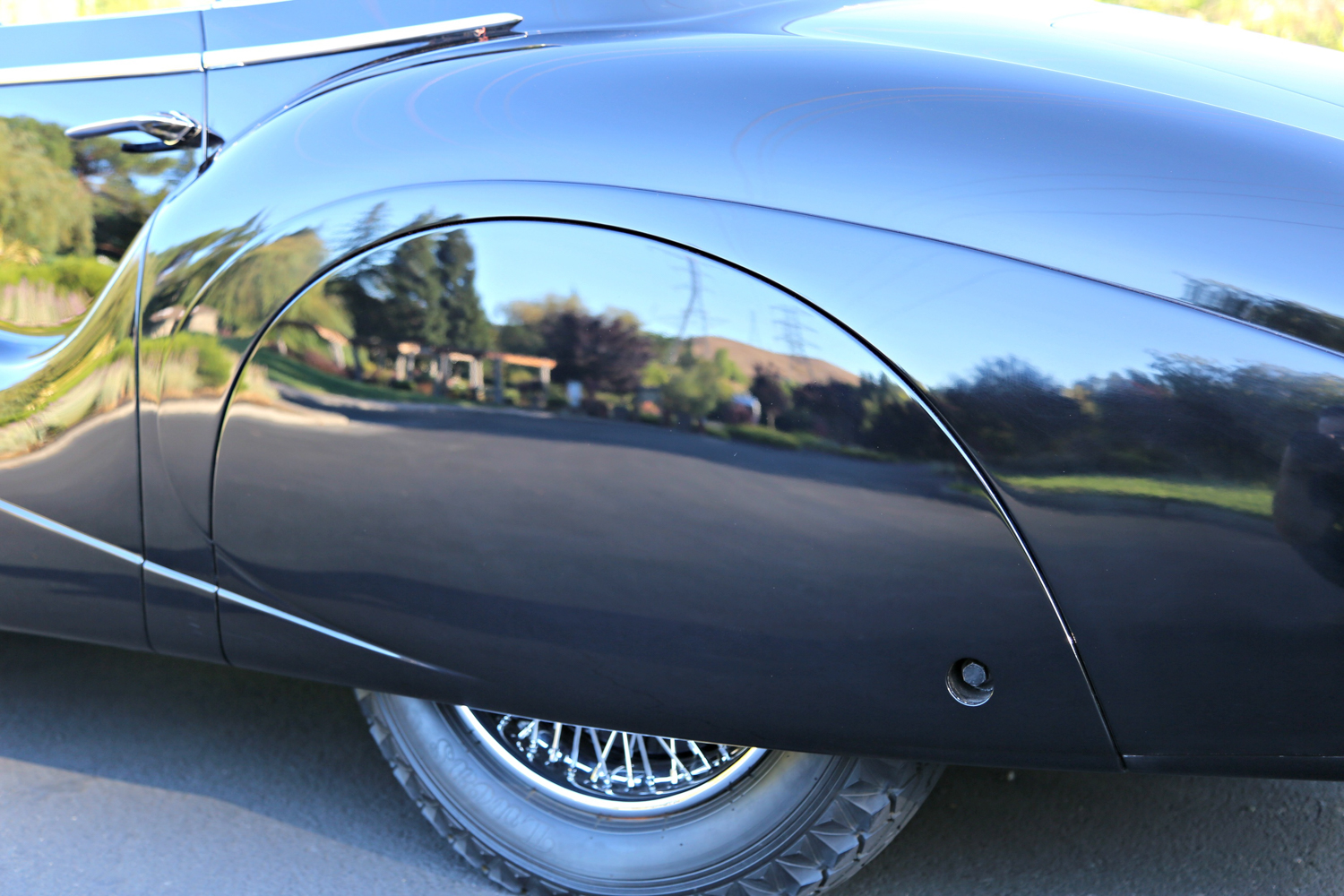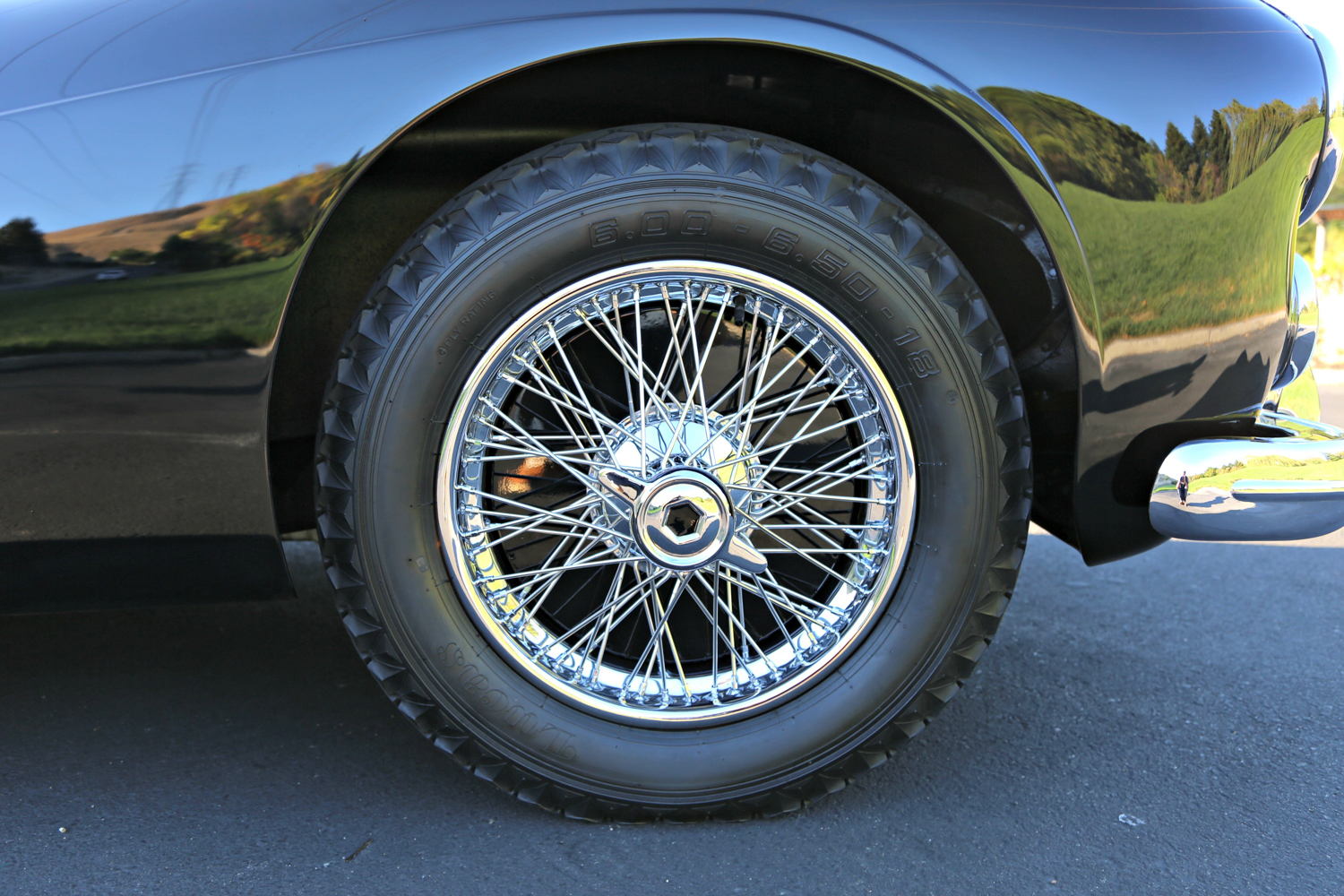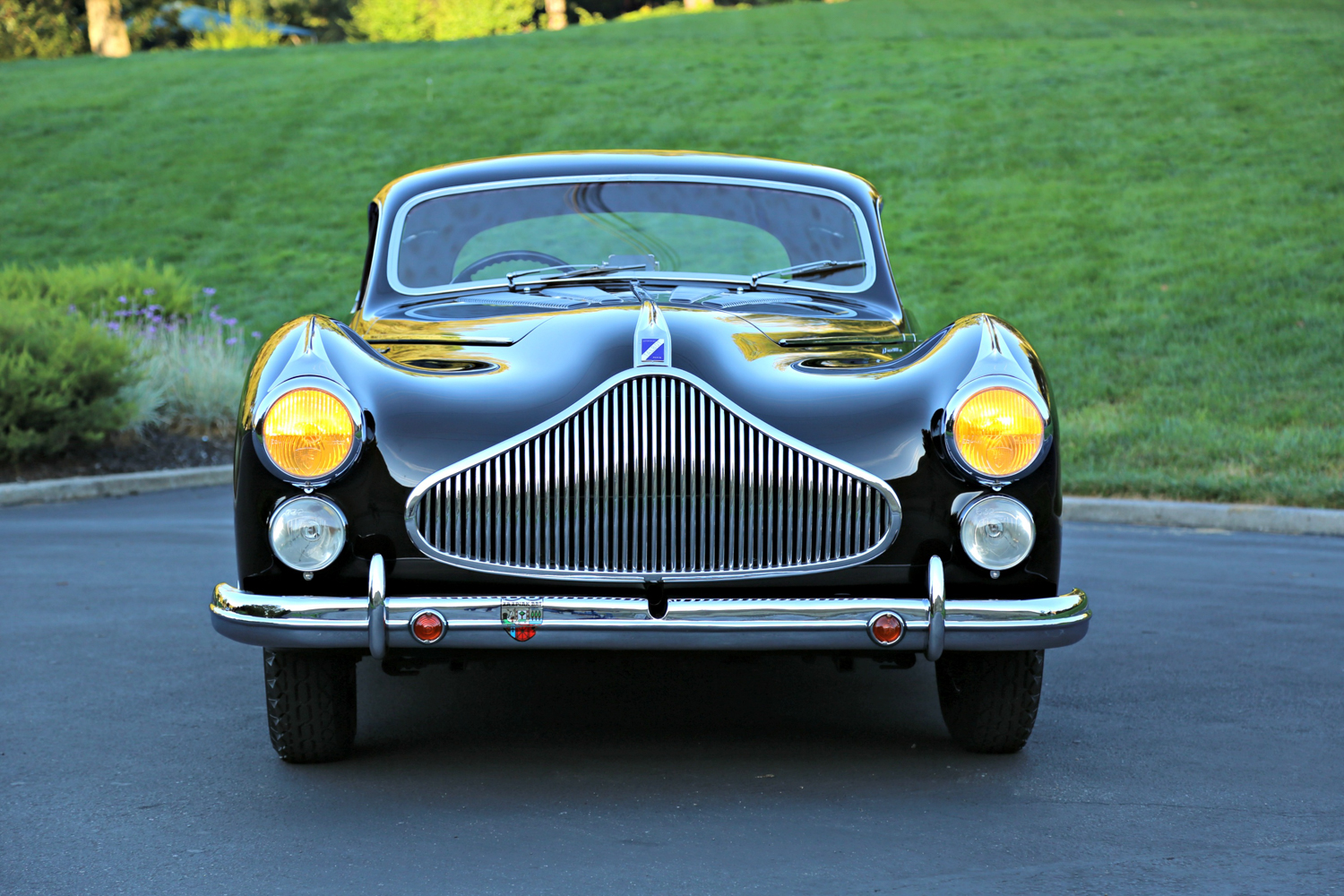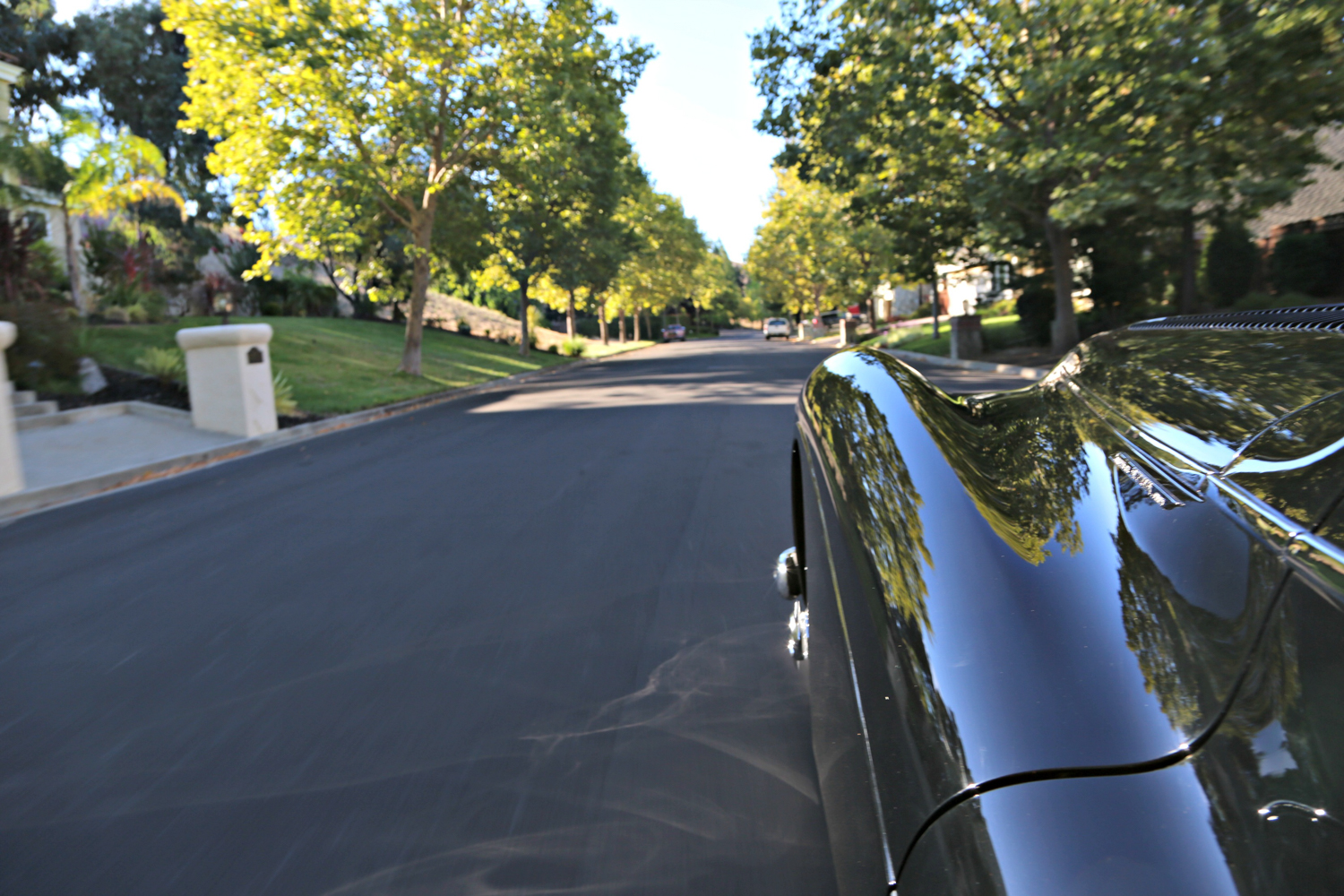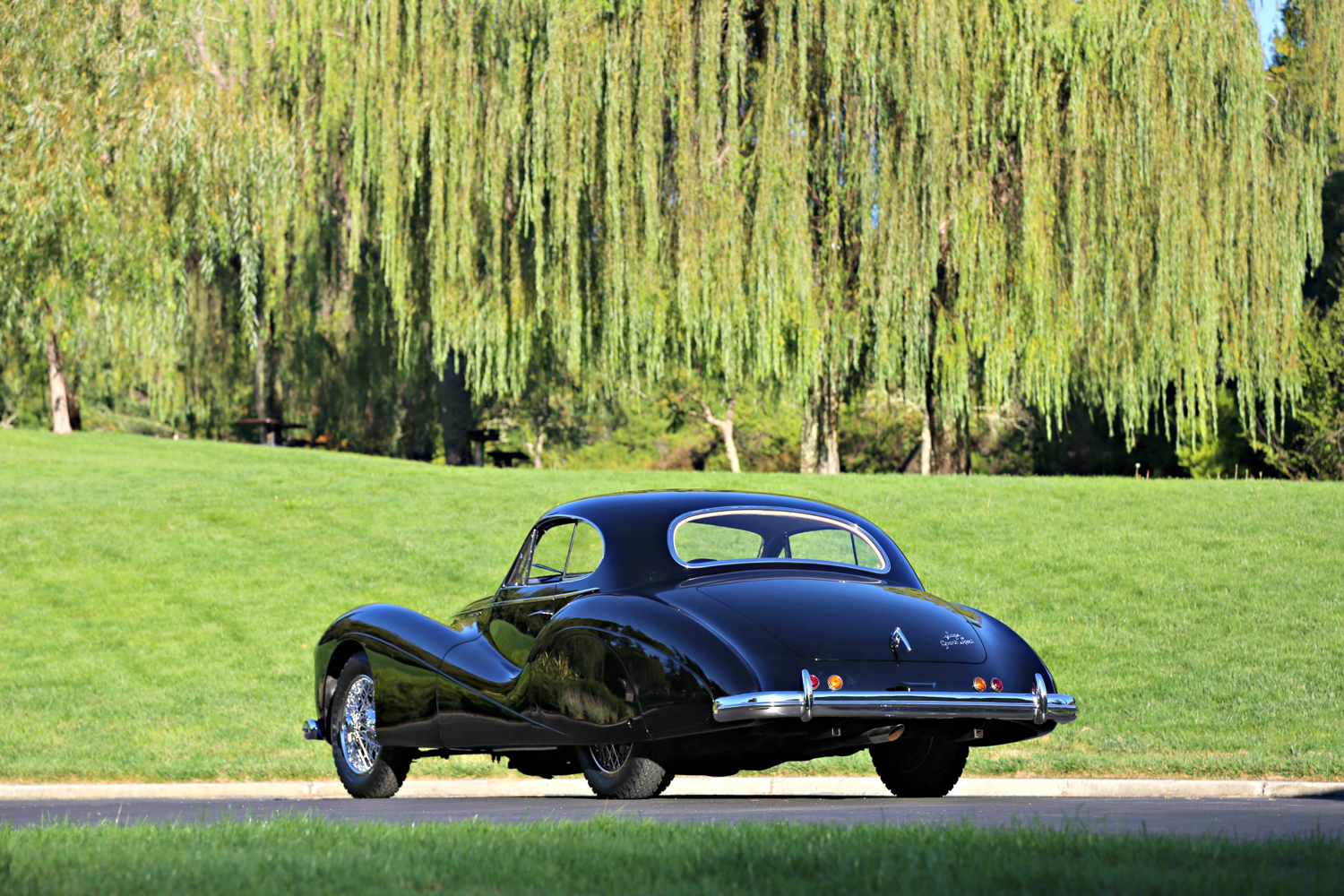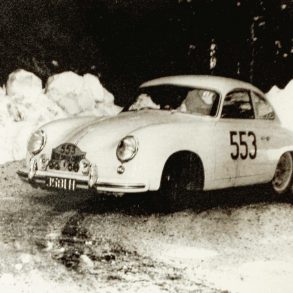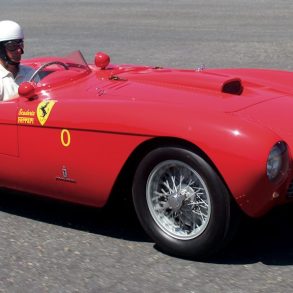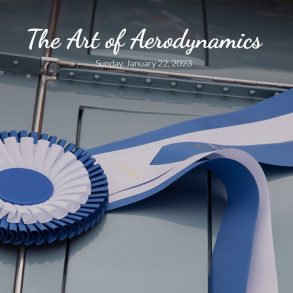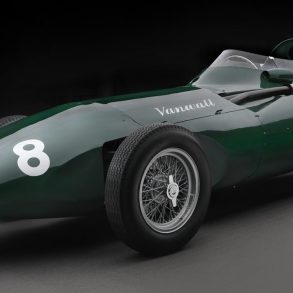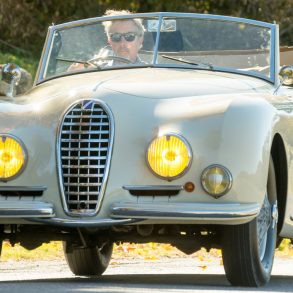Sensational French shapes and racing pedigree are part of what make Talbot-Lago automobiles exotic, beautiful, rare and sought after. Few cars are more exotic or interesting than the Talbot-Lago Grand Sport.The roots of the Talbot-Lago company can be traced back to the 1890s, in Suresnes, France, where Alexandre Darracq began producing road and very successful racing cars. In 1905, the company was renamed STD Motors Limited.
In 1912, Darracq sold his interest in the company, which the new owners renamed Automobiles Talbot in 1922. The Talbot name was used for road cars, however the competition cars were produced as Talbot-Darracq. (There was also a British company named Talbot at the time, so cars sold in Great Britain were marketed as Talbot-Darracq, Darracq-Talbot, or just Darracq).
Anthony Lago
In 1932, the company was feeling the effects of a deepening economic recession and appointed Antonio Lago as its managing director. Lago was born in Venice in 1893, later moving to Bergamo where his father operated a theater, gaining him access to many important officials such as Benito Mussolini and Pope John XXIII. After graduating school with an engineering degree, he joined the Italian Air Force in 1915, rising to the rank of Major.
Later, he would become one of the first members of the Italian National Fascist Party, but was disenchanted with the Party and an outspoken critic of Mussolini, leading to an attempt on his life in 1919. Lago fled to Paris, then went to Southern California to work for Pratt and Whitney before moving to England. There he changed his name to Anthony and became a representative for Isotta Fraschini. He also worked for Self-Changing Gears Limited where he promoted the Wilson pre-selector gearbox.
Lago relocated to France in 1933, after persuading the directors of S T D Motors he could turn around the faltering Automobiles Talbot France in 18 months. Lago reduced expenses, streamlined the production line to focus on more sports models that would be closely associated with competition cars using the Talbot name. The racing program was very expensive and contributed to cost overruns by the previous director, but Lago insisted it was important for publicity.
At the end of 1934, Automobiles Talbot was forced into receivership, creating an opportunity for Lago to acquire the company by converting his rights to export Wilson gearboxes into an option to purchase the Suresnes factory and equipment with a group of investors led by Lago that was completed by 1936.
All cars where now sold under the Talbot-Lago name, offering models with a four-cylinder engine and several different six-cylinder models. The bodies and engines where designed and built at the Suresnes factory by hand. The sporting cars where often sent out to coachbuilders and the six-cylinder engines became more powerful and Talbot-Lagos became one of the fastest cars on the track and the road in the 1930s. The Talbot-Lago factory survived the Second World War, resuming car production after hostilities ceased.
In 1947, Lago launched his new high-performance chassis, the Grand Sport. Lago displayed his new 265-cm wheelbase Grand Sport road car chassis at the Paris Auto Salon in the fall of 1947 as a chassis only. It featured a powerful 4,483-cc, dual camshaft, inline 6-cylinder engine with three Zenith carburetors. Carrossiers would not receive any of the new Grand Sport chassis until the spring of 1948.
Lago ran his company on a shoestring budget, selling a handful of super-expensive cars and continuing to fund a money-draining race program. His greatest racing success came in 1950, when Talbot-Lagos finished first and second place at the 24 Hours of Le Mans with a T26 Grand Sport and a Monoposto. 1950 would be the last year the factory ran a team car, but privateers would continue to campaign Talbot-Lagos for several more years.
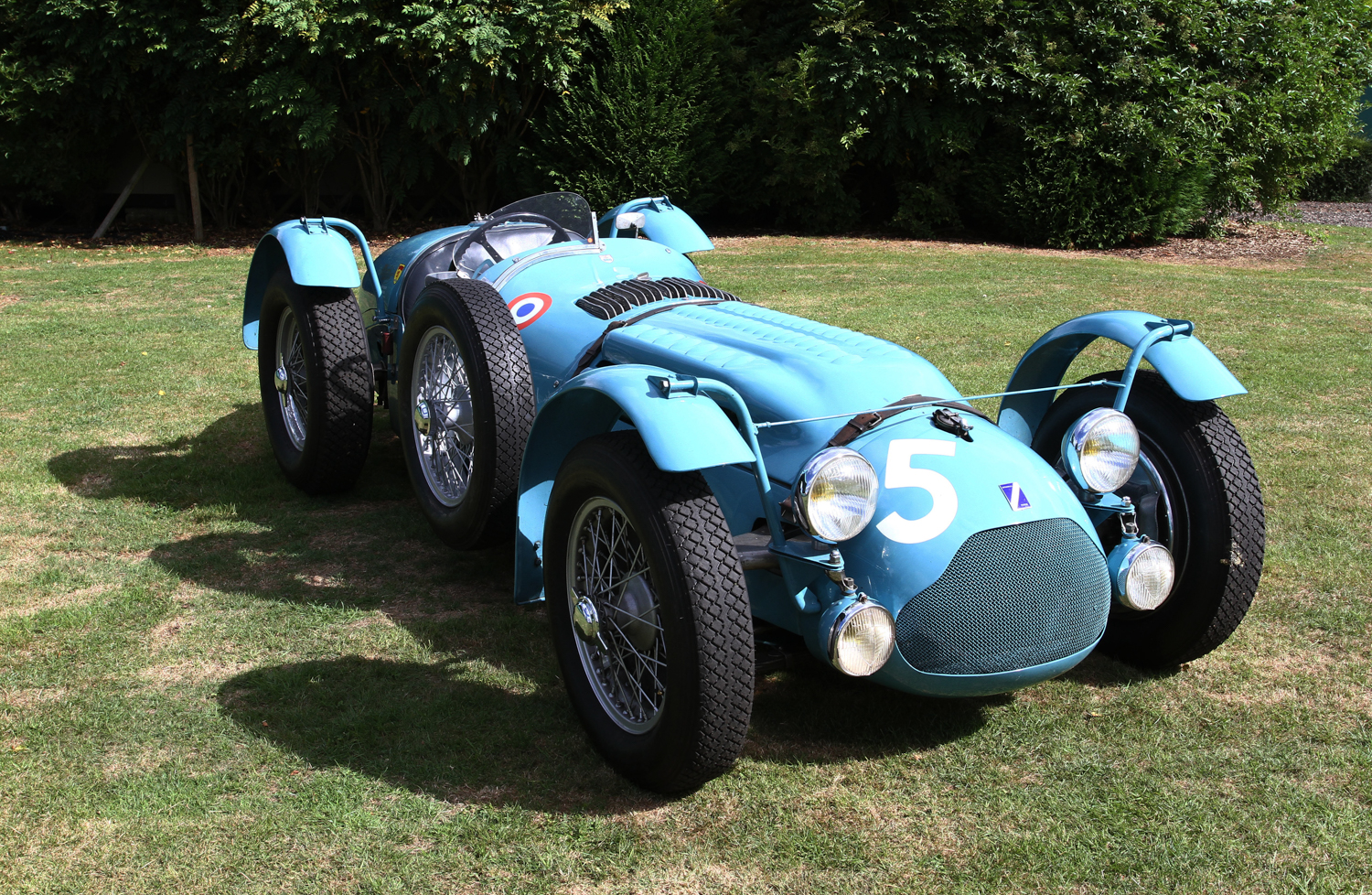
Financial troubles followed Lago after the war, and car production dwindled to just 155 in 1947, then up to 433 by 1950 before dropping to just 80 cars in 1951 and 34 cars in 1952. After the war, the French government penalized owners of cars over 2-liters in size, plus implemented a new economic plan (named the Pons Plan) that allocated materials that were in short supply to the large auto manufacturers, leaving smaller operations like Talbot-Lago to struggle.
These factors, combined with building expensive hand-made cars in the post-war era of modern assembly methods that could produce thousands of well-built cars that would sell for less than it cost to build one Talbot-Lago was more than most small car producers could withstand. Lago’s money finally ran out in 1951 causing him to seek court protection from his creditors.
The court allowed him to restart production, but with a limited workforce and untold damage to his credit. Talbot-Lago would continue to build a limited number of cars until the end of the decade when it was sold to Simca.
Car Number 110156
Despite his increasing financial troubles, Lago decided to introduce a new, longer wheelbase chassis for the Grand Sport. This chassis had a wheelbase of 280-cm, up from the previous 265-cm chassis, lengthening it by 15 centimeters. This new long-wheelbase chassis was ideally suited for carrossiers that desired to create longer, lower, sleeker designs that were difficult to achieve on a short wheelbase.
It is likely that no one was more pleased than French coachbuilder Saoutchik in 1951, when he received the commission to construct a body for 280-cm chassis number 110156. The longer wheelbase, in effect, created a new canvas onto which Saoutchik could paint.
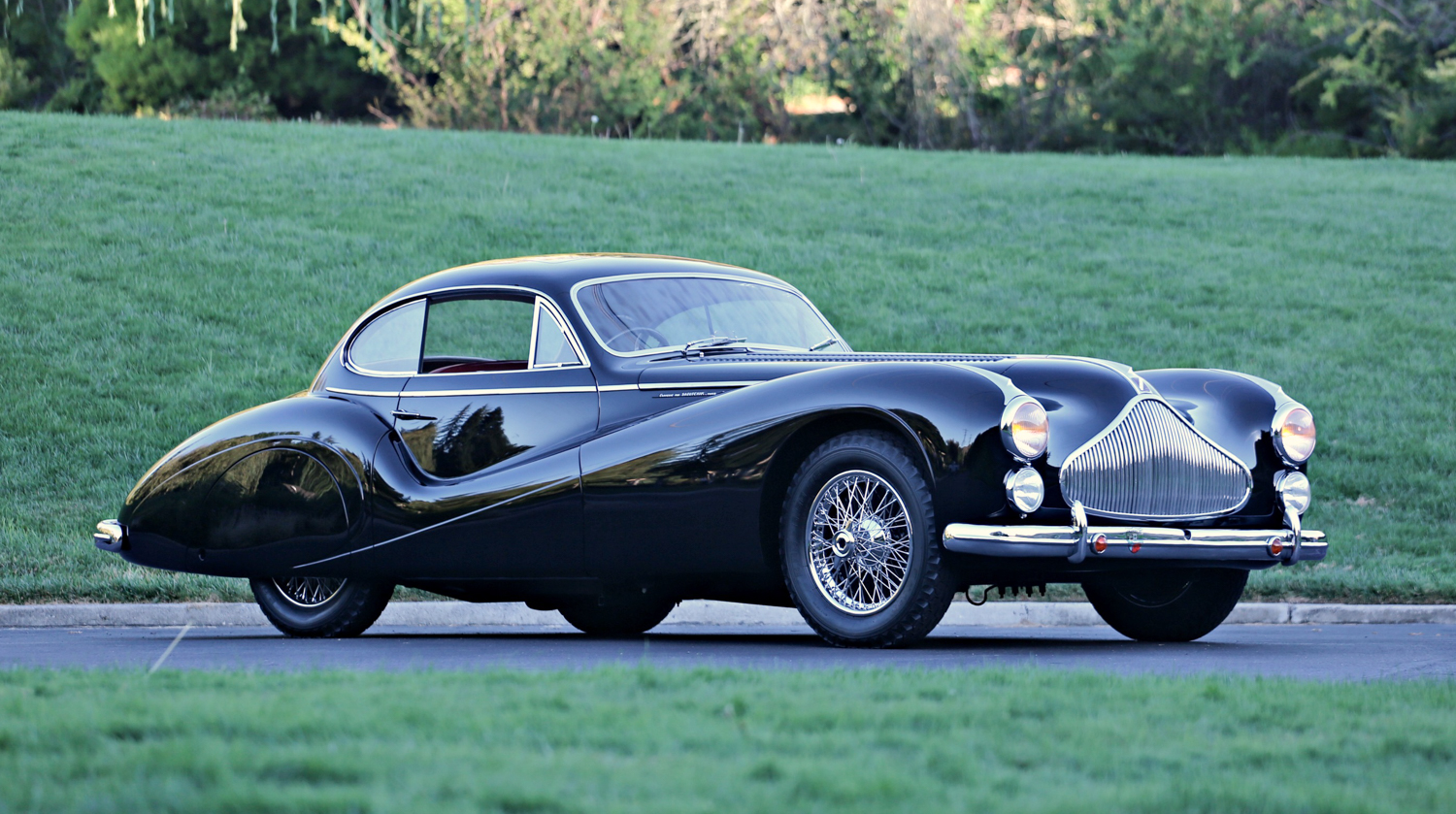
Saoutchik had created many bodies for high-end French carmakers such as Delage, Delahaye and others besides several masterfully designed bodies for Talbot-Lago cars. The number of coachbuilt cars in the post-war era was on a sharp decline, with larger companies with their modern assembly lines, ample funding and attractive retail pricing claiming their portion of the automotive market with authority.
Smaller, expensive chassis offered by these now boutique French manufactures with their largely pre-war drivetrains and suspensions, where starting to disappear along with the coachbuilders that painstakingly had fashioned bespoke bodies for them. By the end of the 1950s, most of the luxury French automotive brands, including Talbot-Lago, and many of the great French carrossiers would be gone.
Approximately 35 Grand Sport chassis where produced, however it is believed that Talbot-Lago only constructed six long-wheelbase 280-cm Grand Sport Chassis, while only four have been documented to have been built, of which three survive today. Chassis number 110156 is the second chassis constructed. The styling of this car is similar in many ways to chassis number 110101, the first Grand Sport coupe produced, also crafted by Saoutchik.
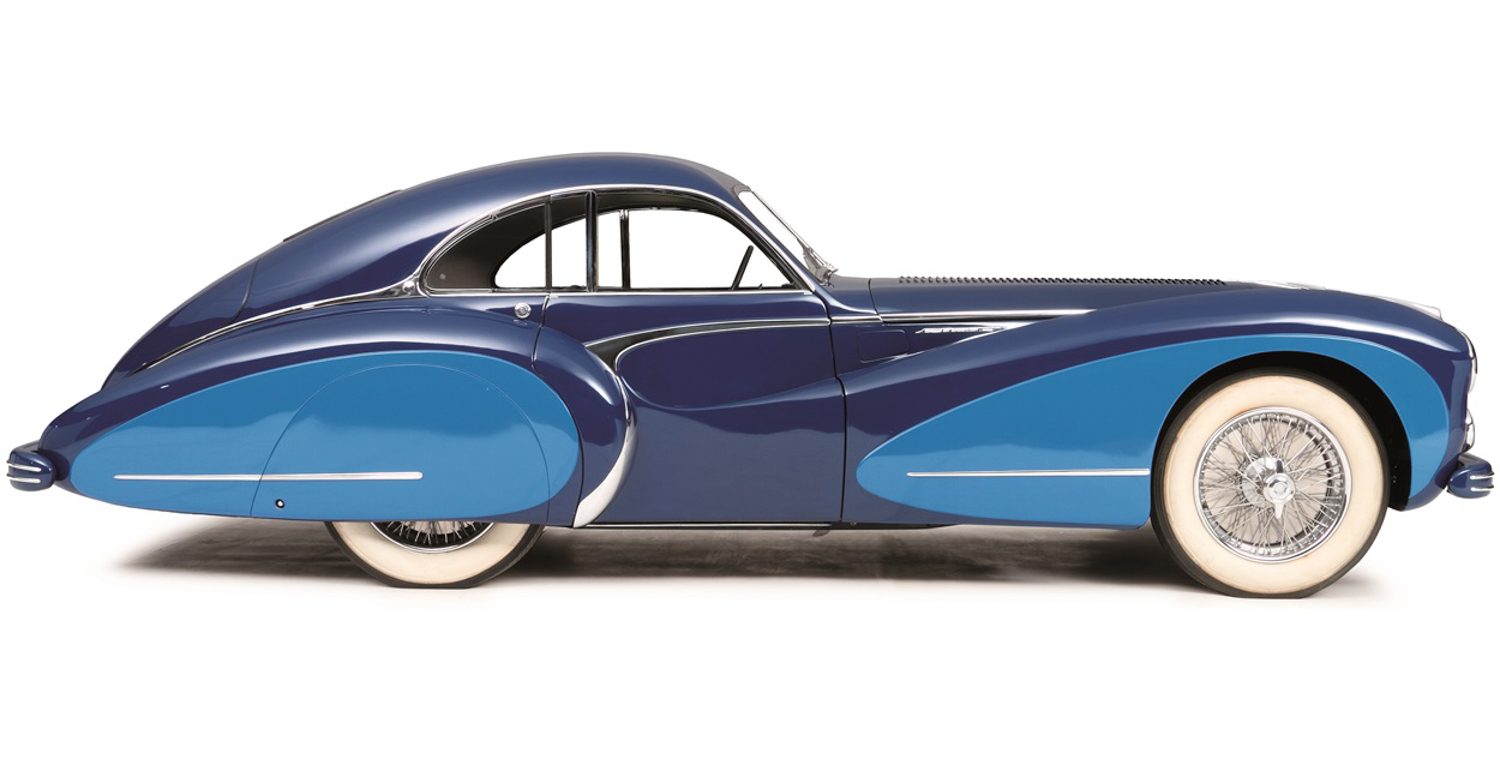
A sensation at the 1948 car salon in Paris, 110101 shares the same front-end styling, including the same Buick-inspired waterfall grill design, but that is where the similarities end. Built on a 265-cm T26 chassis, the fastback shape of 110101 is very Buick-influenced, yet decidedly French and flamboyantly Saoutchik as well.
The coachbuilder created bodies for six, 265-cm T26 Talbot-Lagos, in 1948 and 1949. The French publication Action Automobile Touristique, in October of 1949, offered a glimpse of what was to become of the body design of 11056 when they published a colorized design rendering by Saoutchik of a pale blue notchback coupe.
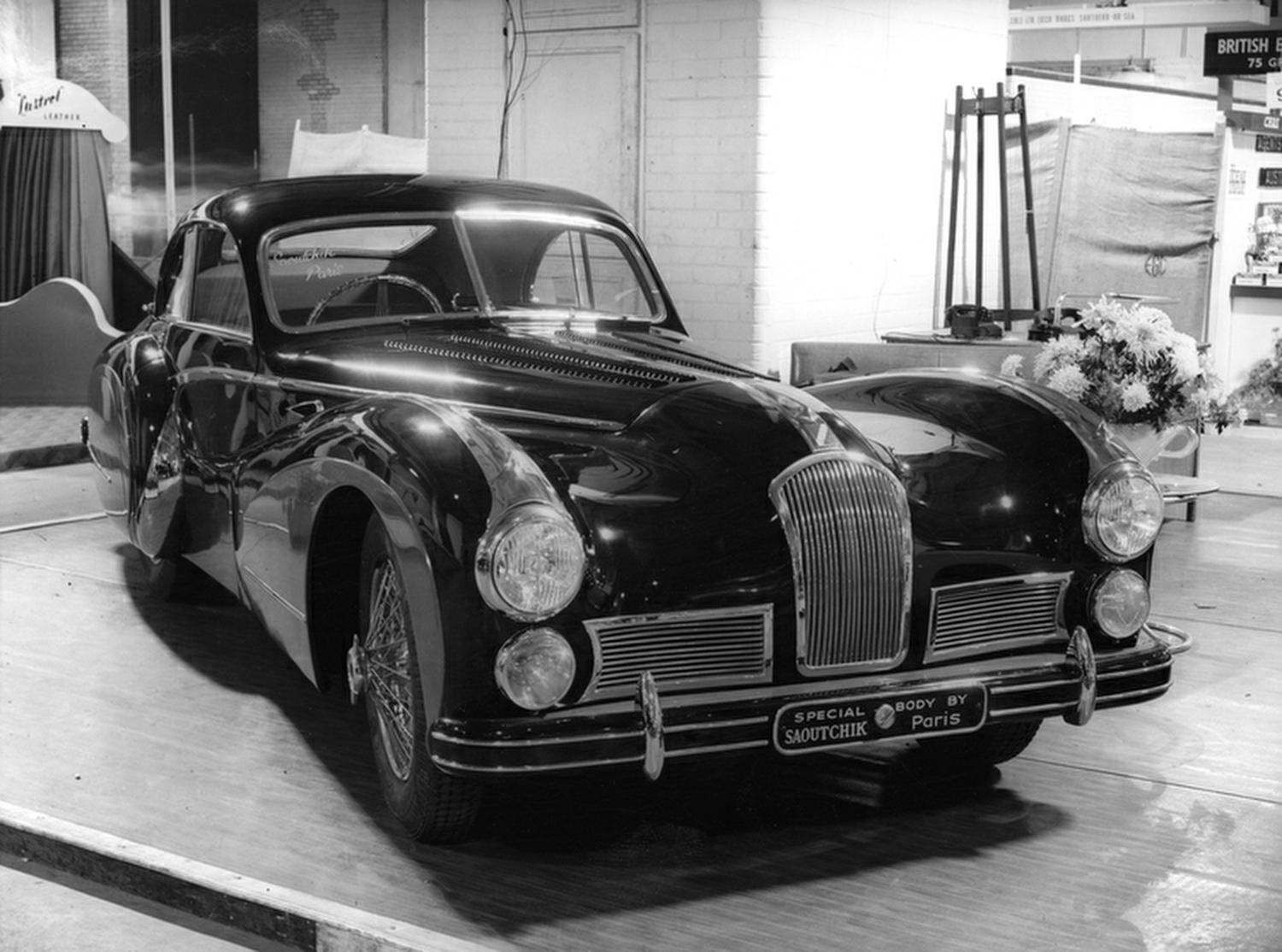
Constructed in 1951, chassis number 110156 is a notchback coupe similar to the one featured in the 1949 magazine rendering. Built on a 280-cm wheelbase, it is not known who commissioned the car or who the original and presumably wealthy owner was. It is worth noting that this stunning Saoutchik masterpiece was never shown at the Auto Salon when new, and there is no record of it having appeared at any European shows in period.
Many well-healed owners displayed their cars at concours events to show off their prized bespoke automotive possessions, validating their good taste for commissioning such automotive art. Perhaps this customer preferred to remain anonymous. Interestingly, there is a photo of this car being constructed at Saoutchik’s shop in 1951.
The early history of 110156 remains a mystery. It finally surfaced around 1980, when it was known to be owned by Maurice Harlaux, a Belgian army colonel residing in Brussels, who owned chassis number 110155 as well. Harlaux offered both of the Talbot-Lagos for sale as a package, however 110156 was sold separately to the well-known British collector and vintage car dealer Charles Howard in the UK.
Howard recalled his ownership of T26 Grand Sport in his memoirs: “…driving it from Ghent to Paris and at some point, forgetting to release the hand brake which caused a great deal of white smoke but appeared to do no harm when all had cooled down. These where excellent cars but not really pleasant to drive with this rather heavy bulbus coupe coachwork.”
Howard sold the car in 1983 to Albrecht Guggisberg from the Oldtimer Garage located in Berne, Switzerland who subsequently sold it to Jacques “Frenchy” Harguindeguy in California. The car was still in its original color of black when it was acquired by Harguindeguy, however he decided to change the color scheme to a red and black two-tone with matching red and black interior when he restored the car.
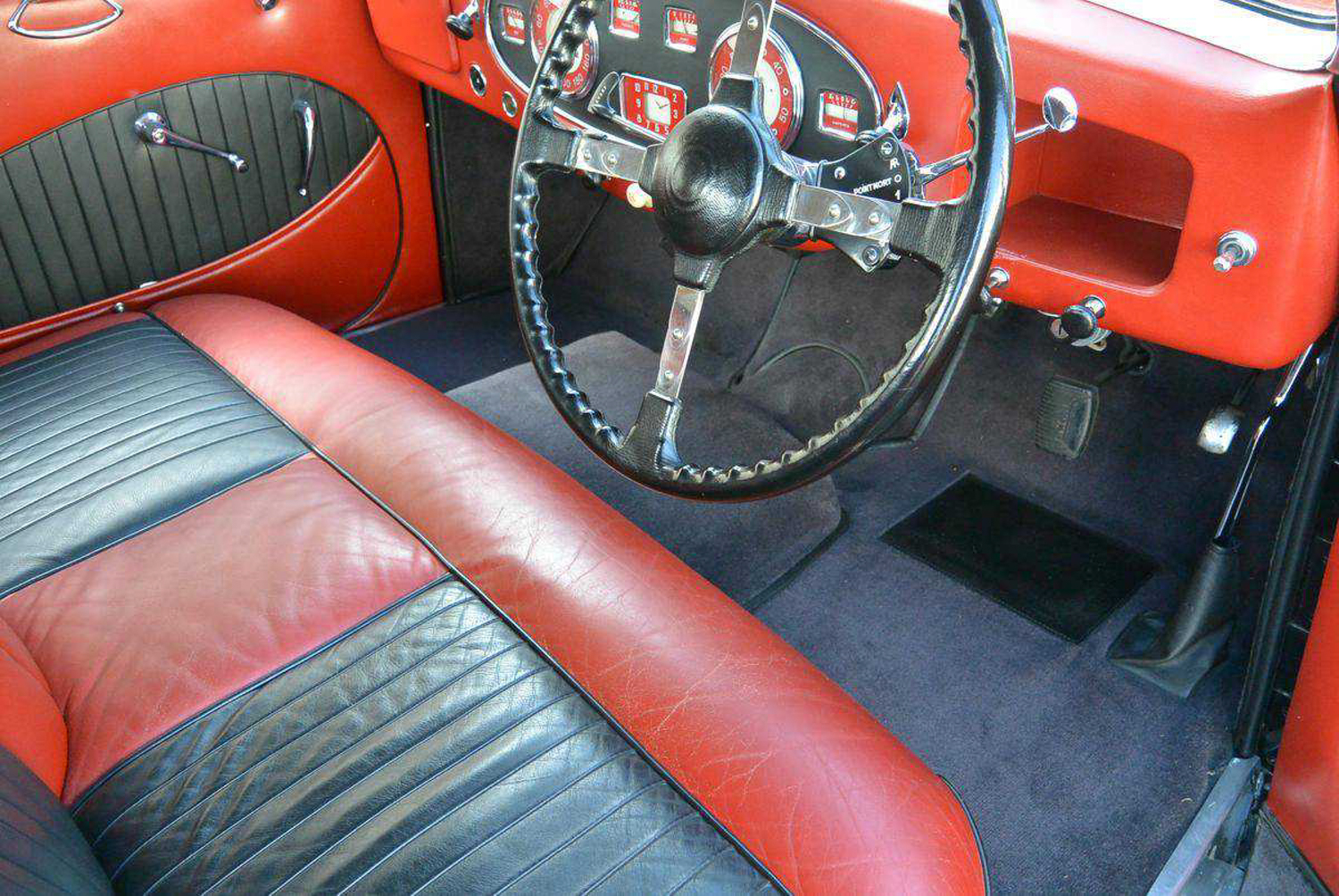
The two-tone paint accentuated the curvaceous Saoutchik body lines, but it is debatable if it added to the elegance of the car. Harguindeguy presented the newly restored 1101156 at the Pebble Beach Concours d’Elegance in 1984, along with the previously mentioned Saoutchik T26 Grand Sport fastback, chassis number 110101. Later, Harguindeguy sold the car to the Blackhawk Collection where it resided for several years before being acquired by Swiss businessman Erich Taber in 1989, who exhibited the car at Pebble Beach in 1992 in the Talbot-Lago class.
In September of 2006, Taber sold the car back to the Blackhawk Collection where it still remains. It has been on display periodically at the prestigious Blackhawk Museum since then. By 2019, the now 35- plus year restoration was starting to show its age and the decision was made to restore the car again. This time it was to be returned to its original color scheme of black with red interior.
Don Williams of the Blackhawk collection explained the reasoning behind restoring the car back to original: “This is a very significant and important car, as well as one of the most beautiful examples of Saoutchik’s creations. Returning it back to the original color scheme allows us to clearly appreciate his original artistic vision.”
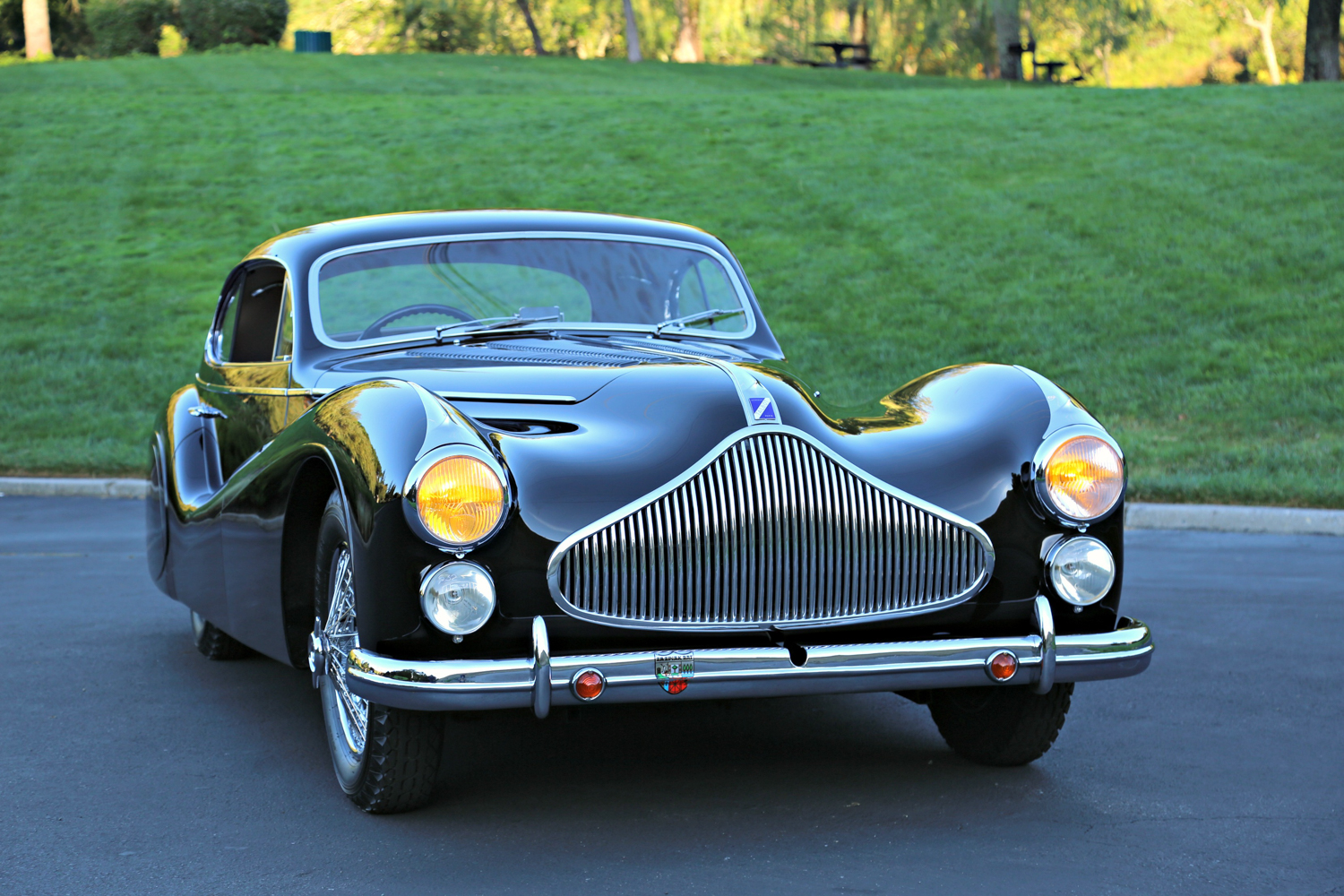
The result of the restoration is stunning. The soft, gracefully flowing lines of the car appear more elegantly than before, in solid black. The low profile, skirted rear wheels and beautifully rounded notchback roof design with its large rounded quarter glass give it a racy look but with formal elements as the lines of the car continuously flow back to the long, low-profile rear deck gently tapering down to the rear bumper.
Walking around this car, circling it at different distances and heights while photographing made me realize what I already knew, this car is incredible to look at from any angle. It simply does not have a bad side. It is at the highest level of automotive art.
A Short History Of The Wilson Pre-selector Gearbox
A Wilson pre-selector gearbox can be found in nearly every Talbot-Lago ever produced up until the mid-1950s. A pre-selector gearbox is not an automatic transmission, as would be likely assumed by anyone giving a cursory look at one of these cars today and spotting the delicate, column-mounted shifter inscribed with 1-2-3-4, plus reverse.
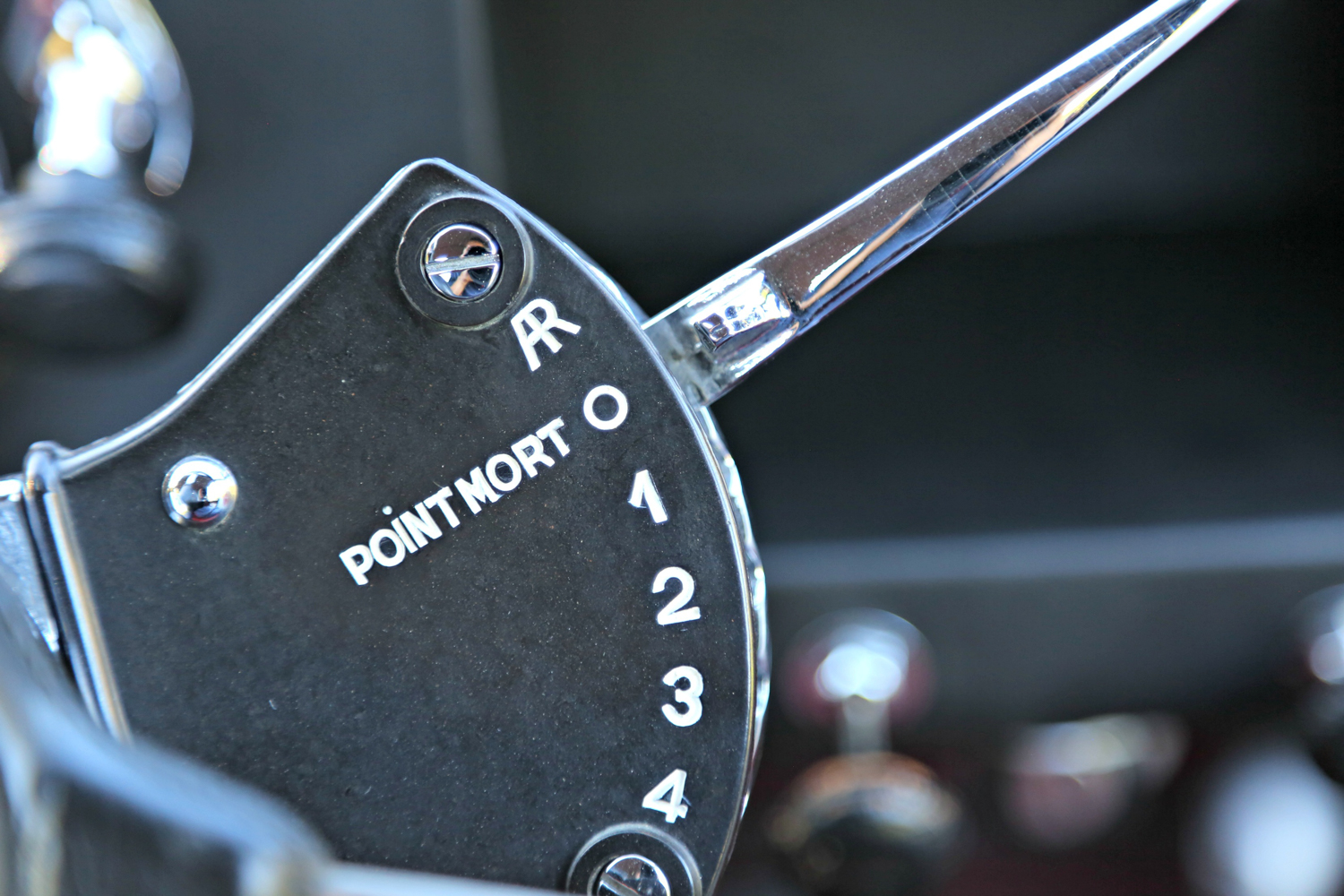
The gearbox was invented by British Major G. Wilson, who is considered one of the co-inventors of the modern military tank in the post-World War I era and started developing his design for use in tanks. The concept was conceived in an effort to reduce the effort it took for a tank driver to operate his machine. At the time, a tank operator had to signal to other men inside the tank to manipulate the brakes, shifting levers and steering levers as he drove.
Wilson believed the use of an epicyclic gearbox that could handle large amounts of torque, but was controllable through a small input force was the solution to making the tanks easier to drive. Additionally, the unit would save space and weight. By 1928, Wilson had patented the design for his pre-selective epicyclic gearbox for use not only in tanks and other military vehicles, but also for application in cars and trucks.
Wilson then entered into a partnership with his newly-formed Improved Gears Limited (later renamed Self-Changing Gears Limited), with automaker Armstrong-Siddeley to manufacture the gearboxes. In the late 1920s and all during 1930s, Wilson gearboxes were used by a variety of different manufacturers for use in different models besides Armstrong-Siddeley, including Damlier, Alvis and some Rileys and MG cars. Some were used in racing cars such as the 1935 ERA R4D, a few Maseratis and even the famous Auto Union “Silver Arrow”.
Anthony Lago was impressed with the Wilson gearbox and had one fitted to an Isotta Flaschini. Lago improved the gearbox further by designing a clutch mechanism and linkage between the clutch and the gearbox, allowing the clutch to remain disengaged when in neutral, as well as greatly reducing any noise emitted from it. Lago patented his improved design, then approached Self-Changing Gears Limited for licensing to manufacture his revised version of the Wilson gearbox and market it outside of England in 1934.
Driving Impressions
Slipping behind the wheel of this Talbot-Lago which, as all Talbot-Lagos of this era, is located on the right side, one is greeted by the large, distinctive CFA steering wheel, also typical for a Talbot-Lago. There is a recessed area in the headliner for the sliding sunroof, however most people could not wear a hat while driving this machine. The seat is very comfortable with plenty of leg room.
The elegant gauge cluster is fitted with gauges color-coordinated to match the interior, in this case, red. The Wilson pre-selector is on the right side of the steering column. The view through the slightly curved front windshield is amazing. There is a lot of real estate between the cowl and the front of the car with four rows of dozens of louvers tapering smaller as they reach to the front, separated by a chrome strip running the length of it.
The engine is powerful and smooth, and really feels like it wants to be unleashed. The ride is firm but less bouncy than a Ferrari GT car from the same era that also uses a single transverse front leaf spring, due to how heavy the T26 Grand Sport is. Handling is surprising nimble for a car of this age and size with no complaints from the 18-inch tires during swift corners. Shifting with the Wilson pre-select is simple and fun once you get used to it, which I very quickly did.
Driving a Talbot-Lago equipped with a Wilson pre-select gearbox is a unique experience. To start off, one depresses the foot pedal, puts the car in first gear from the small spring-loaded, chrome shift-lever in the notched gate on the right side of the column, releases the foot-pedal while applying some throttle and the car begins to move, essentially the same as driving any car with a clutch. Shifting gears while underway is where it gets interesting. The driver can pick, or select, the next anticipated gear needed in advance, before engaging it with the foot-pedal.
When the shift-lever is moved, a complex arrangement of chassis-mounted levers are moved also. This action gets the gearbox ready for the next gear, in advance of depressing the foot pedal. The driver, once he or she has mastered the technique, allows for lightning-fast shifting, either up or down, to any gear whatsoever. In general, I found this Talbot-Lago to be very civilized compared to other sporting machines produced in the same period.
Specifications
| Chassis | 280-cm wheelbase ladder frame |
| Front Suspension | Independent front suspension with transverse leaf spring |
| Rear Suspension | Live rear axle with semi-elliptical leaf springs |
| Engine | 4,482-cc Inline 6-cylinder engine |
| Carburetion | Triple Zenith carburetors |
| Power | 194 BHP at 4,000 RPM |
| Gearbox | 4-speed Wilson Pre-selector gearbox |
| Brakes | 4-wheel Lockheed hydraulic drum brakes |
| Wheels | 18-inch wire wheels |


